Ecuador – Part 8: Cuenca
Chapter 8: Plant Life
Ecuador is overflowing with plants. This tiniest of countries has more than 4,000 species of orchids. I’ll start off with orchids my wife nurtured.
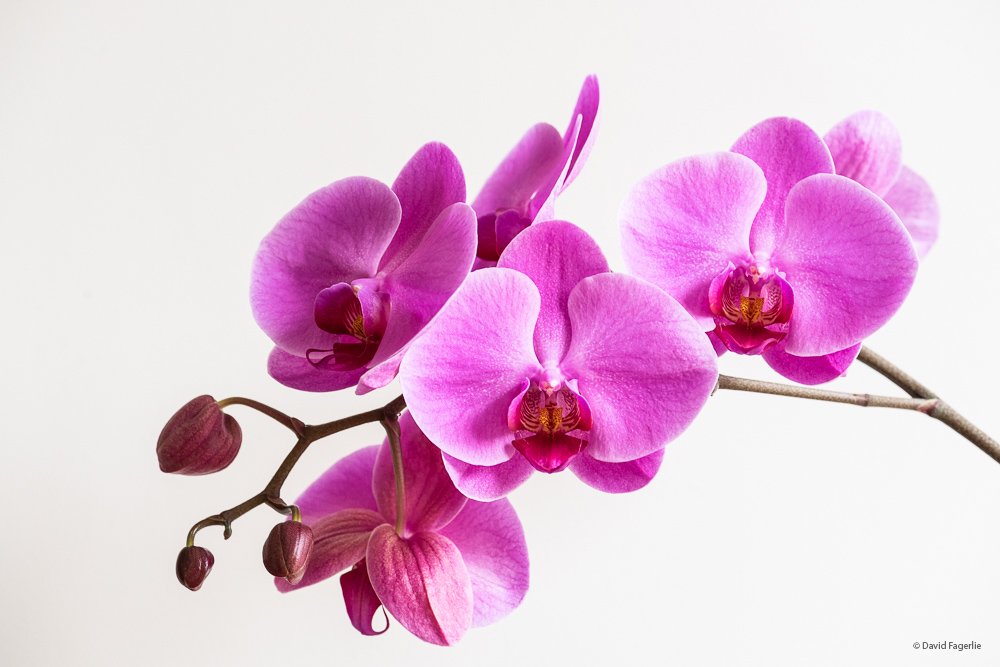
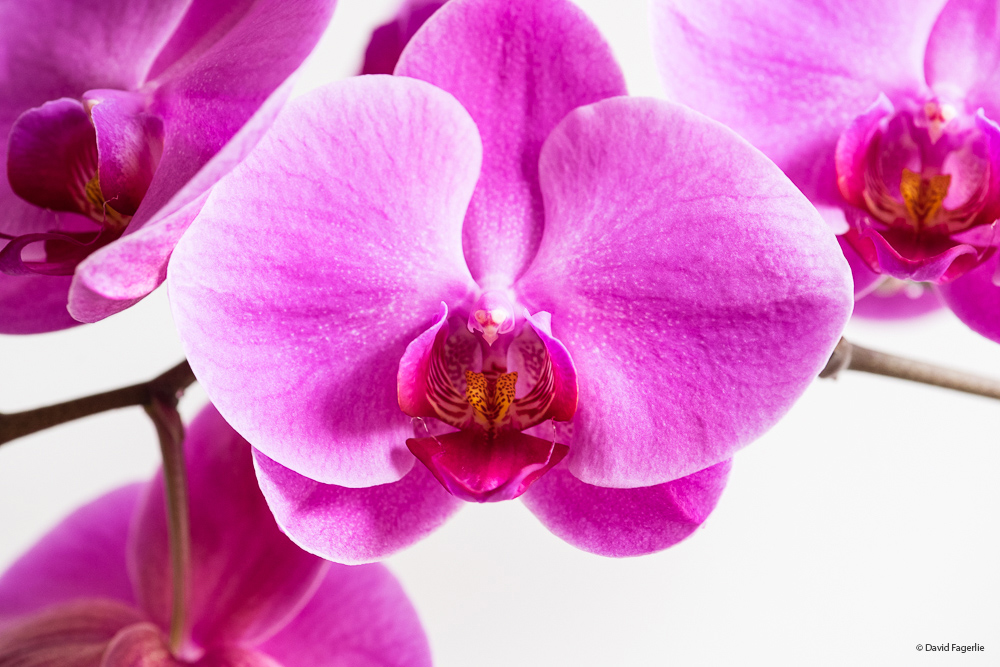
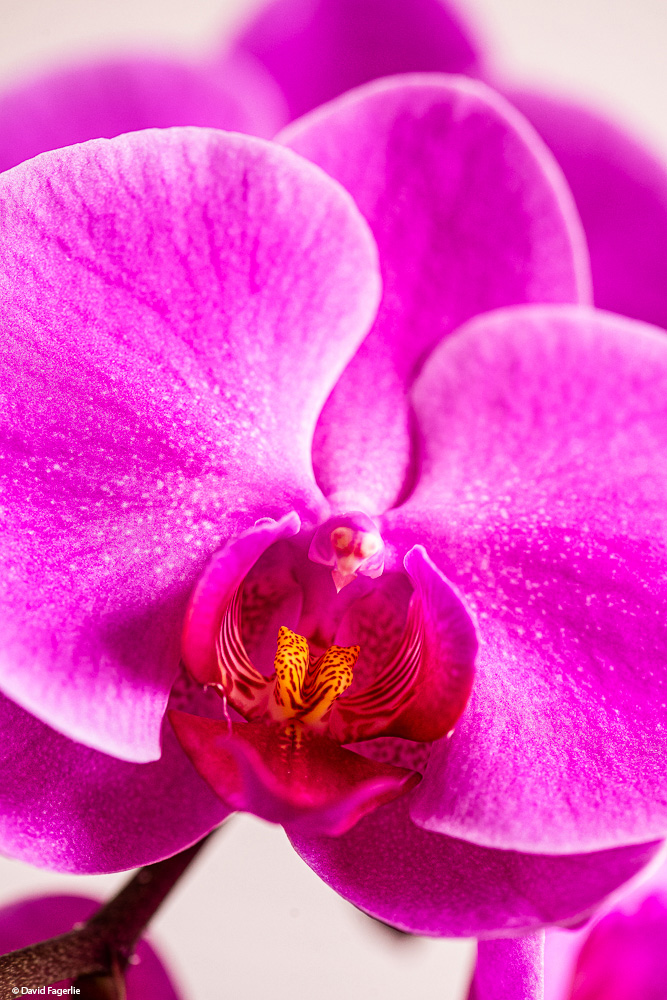
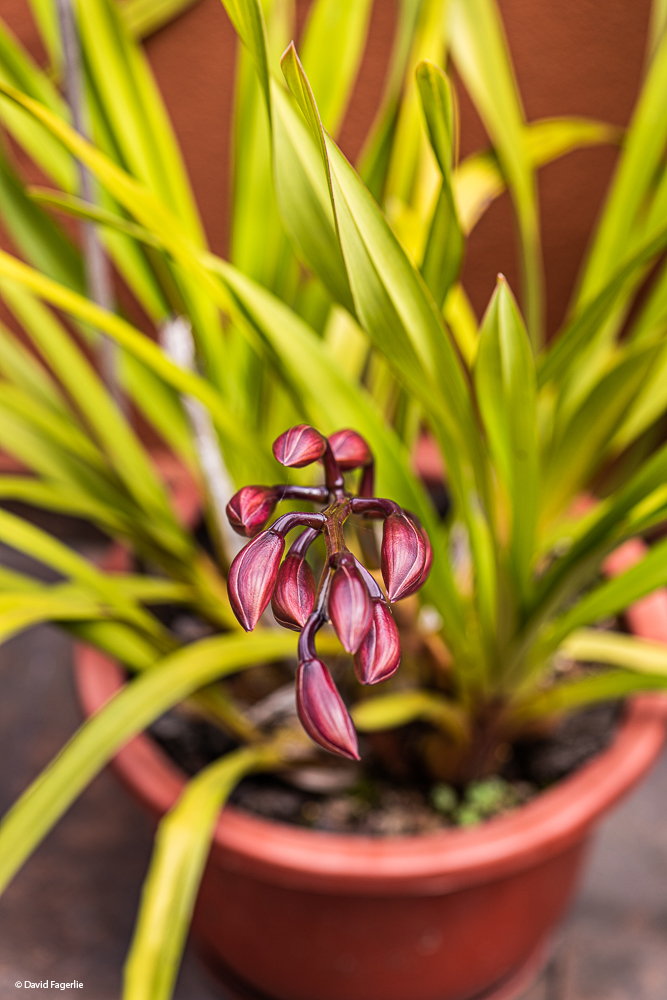
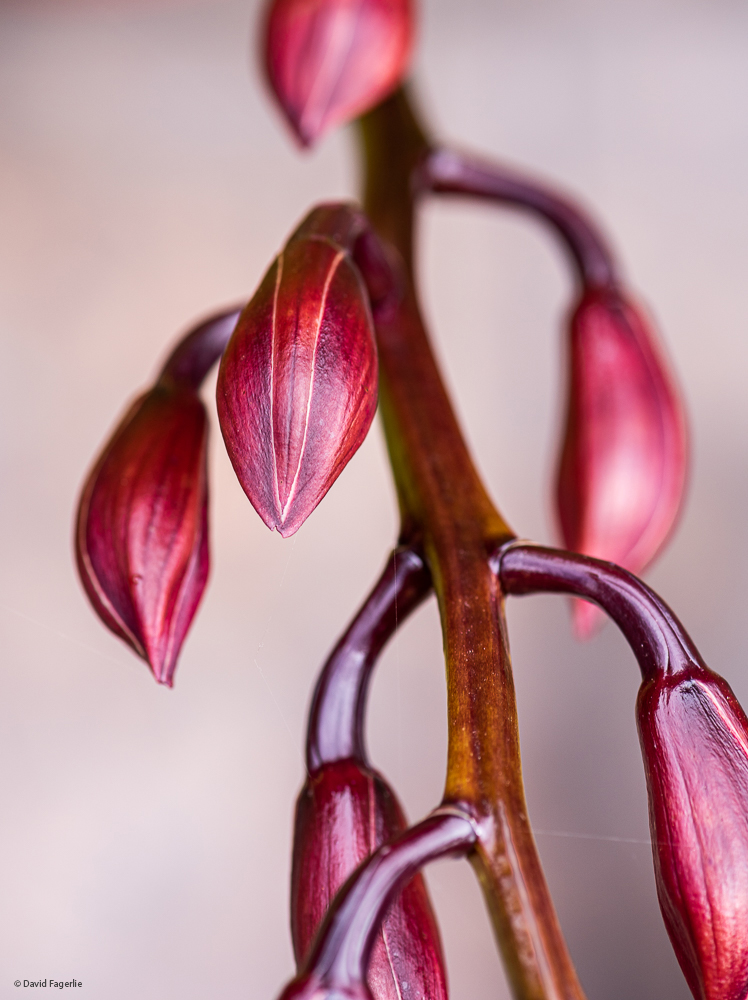
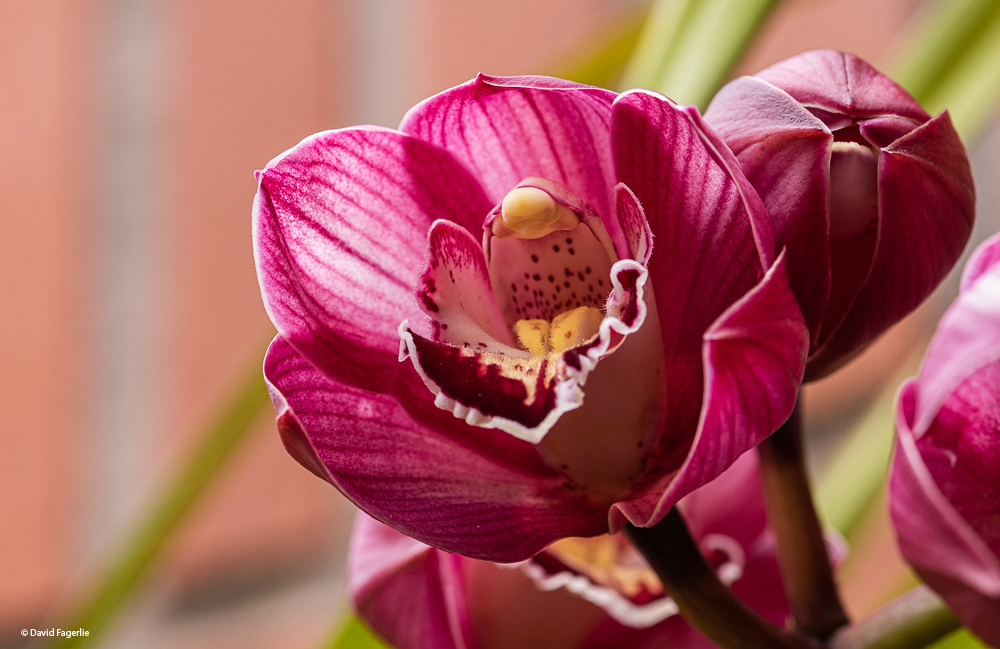
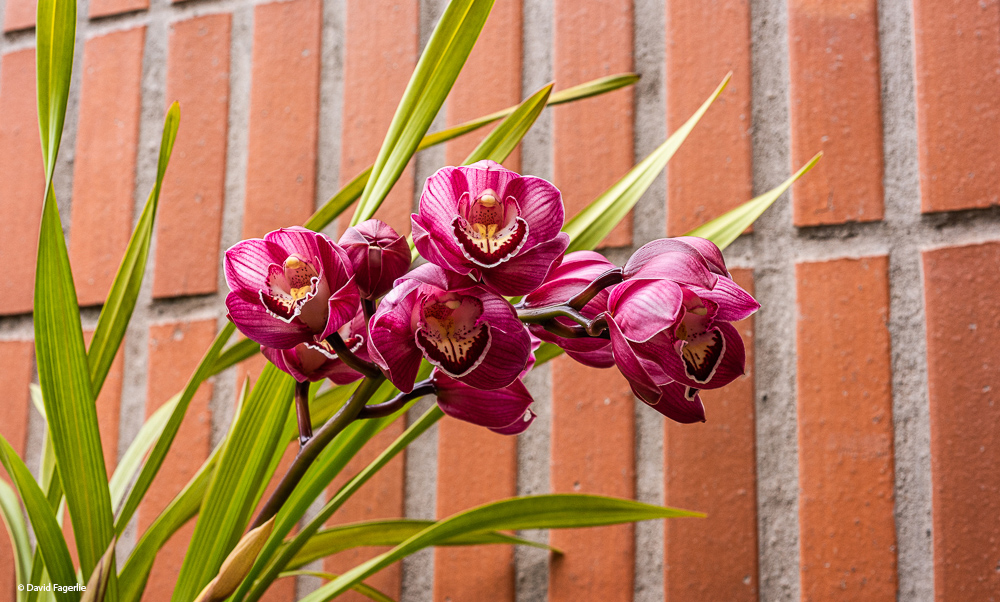
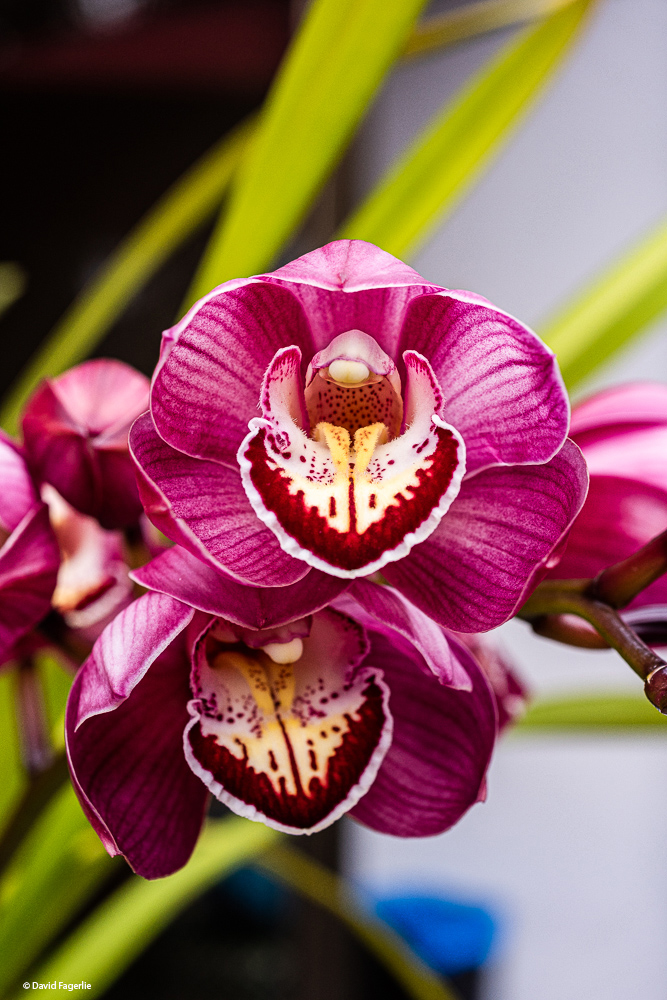
Orchids from the annual Cuenca orchid show.
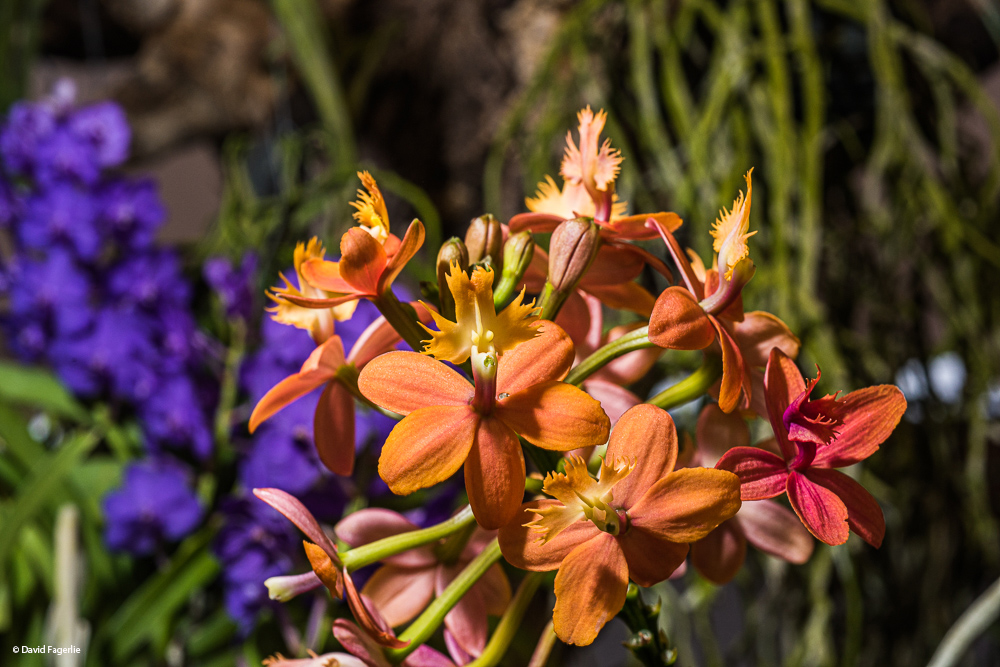
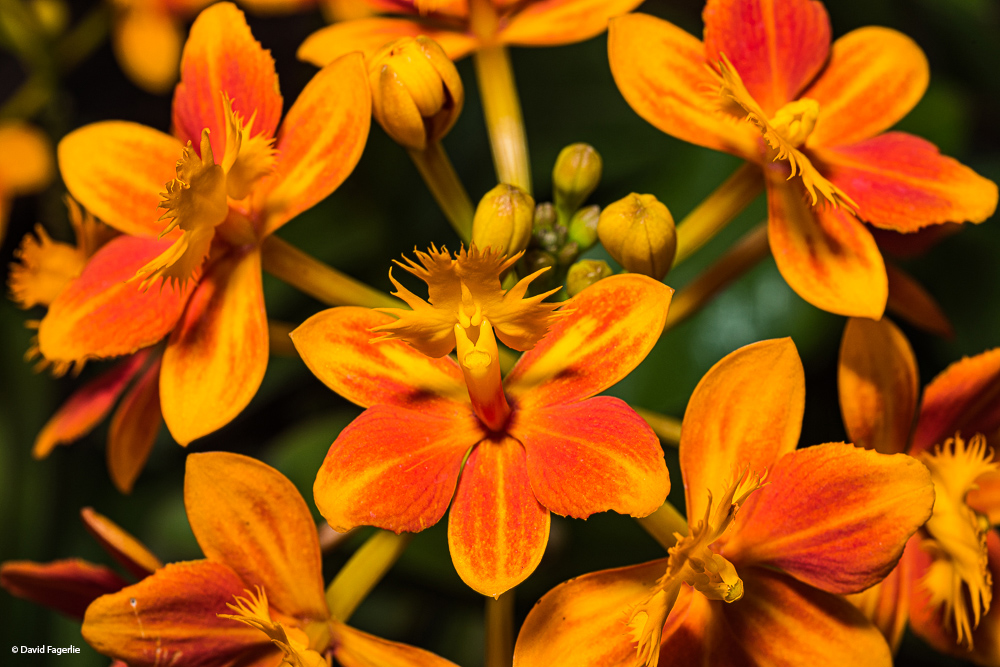
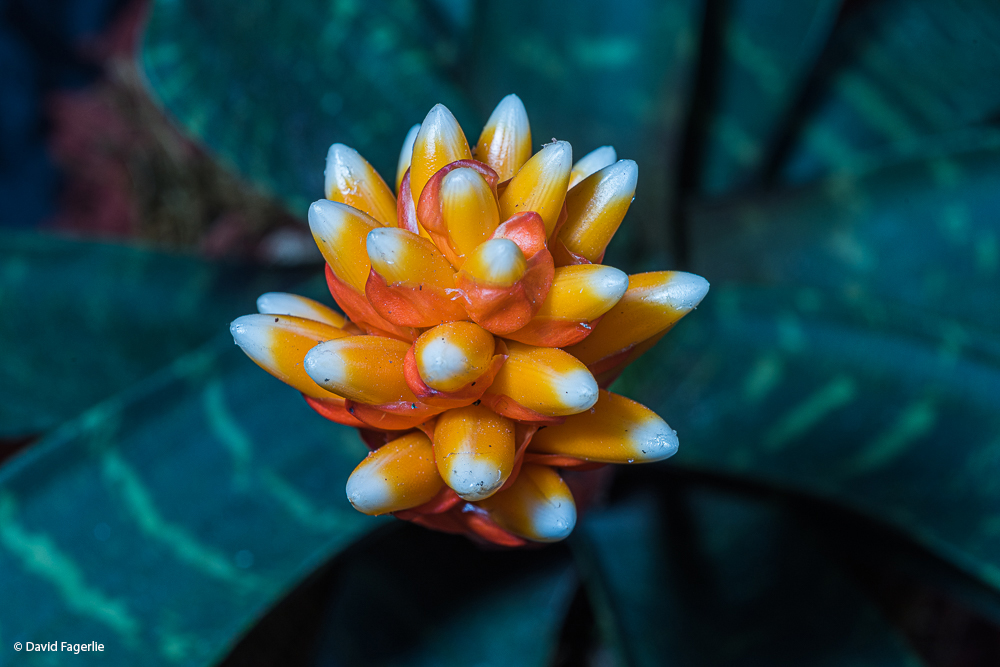
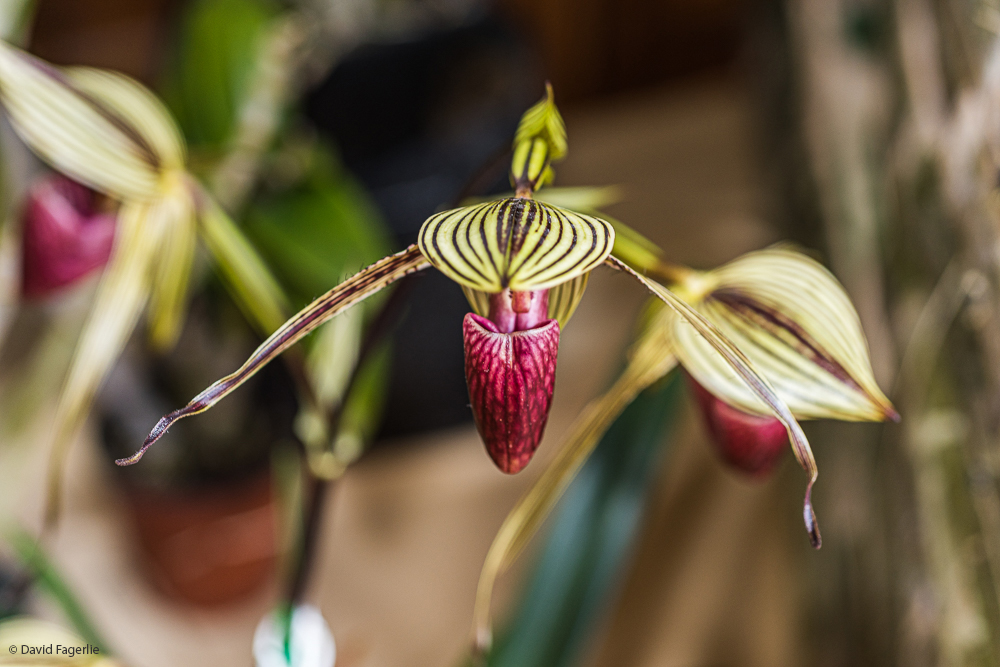
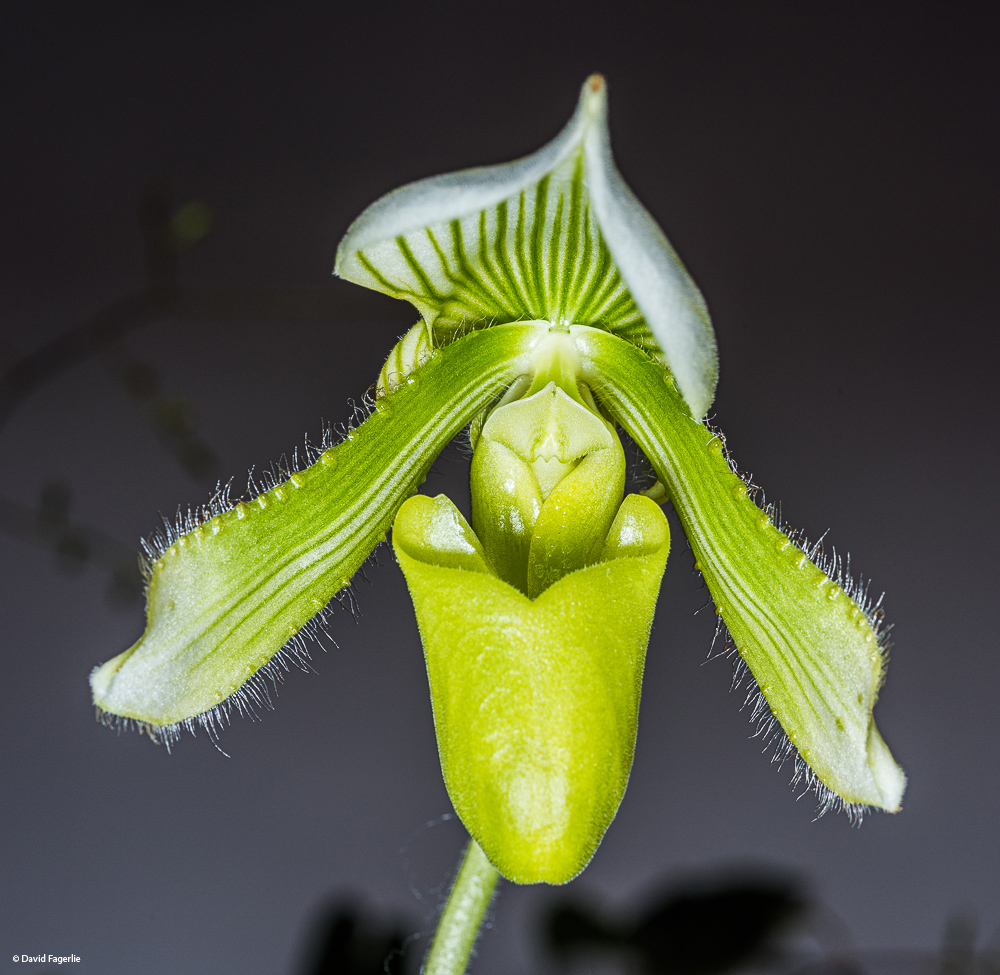
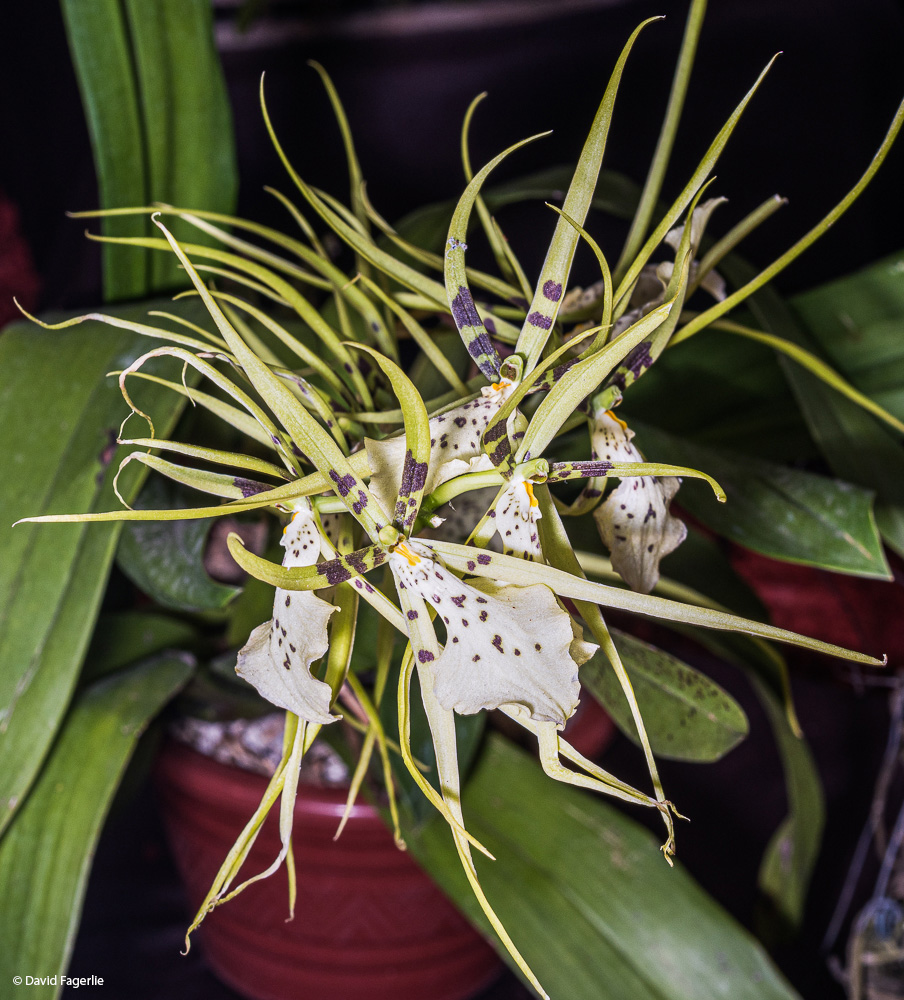
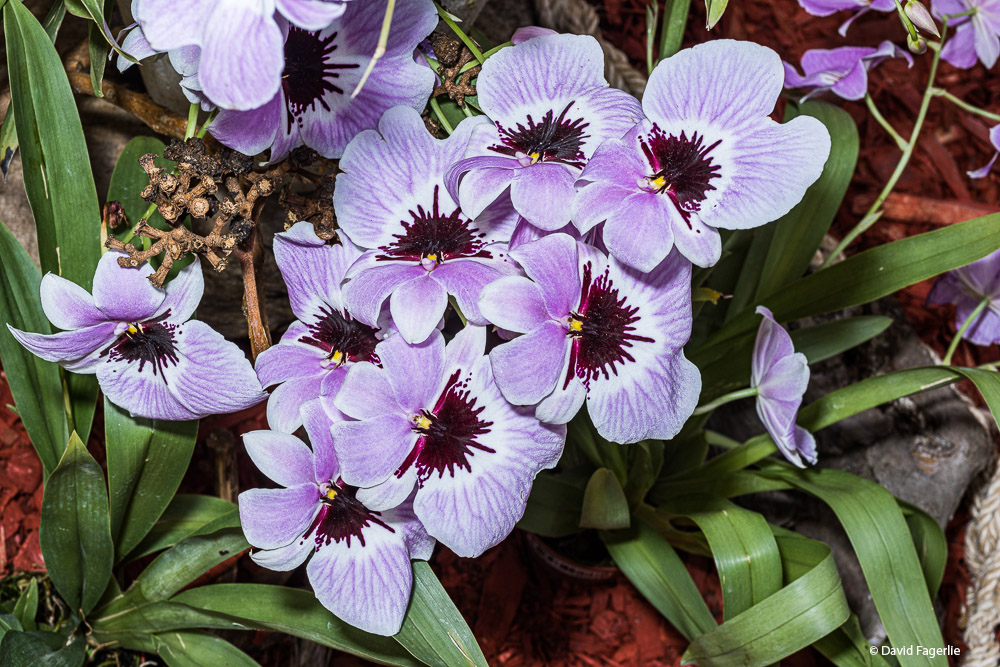
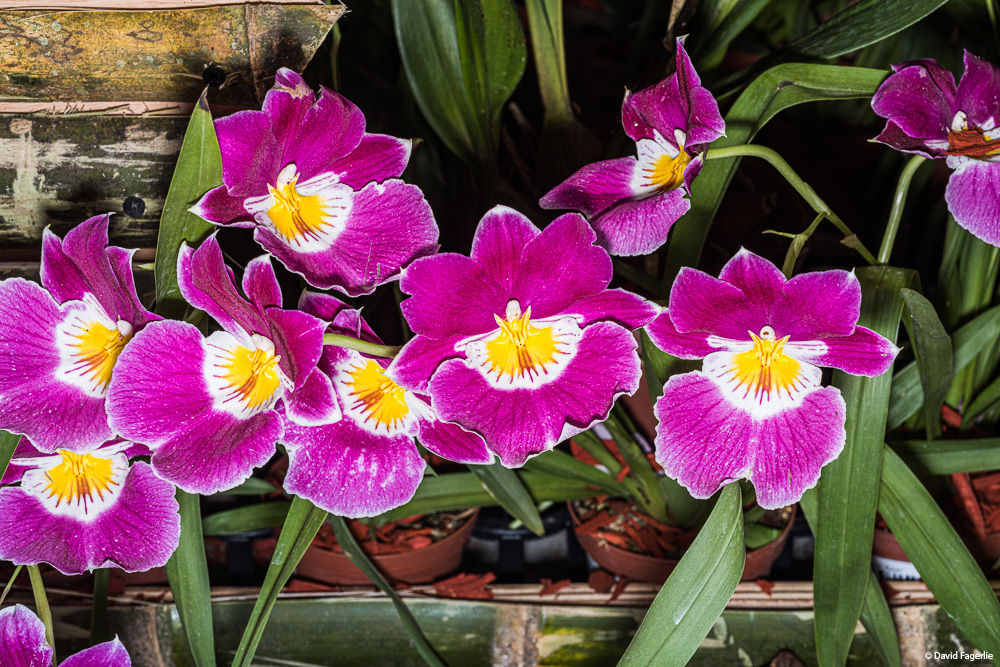
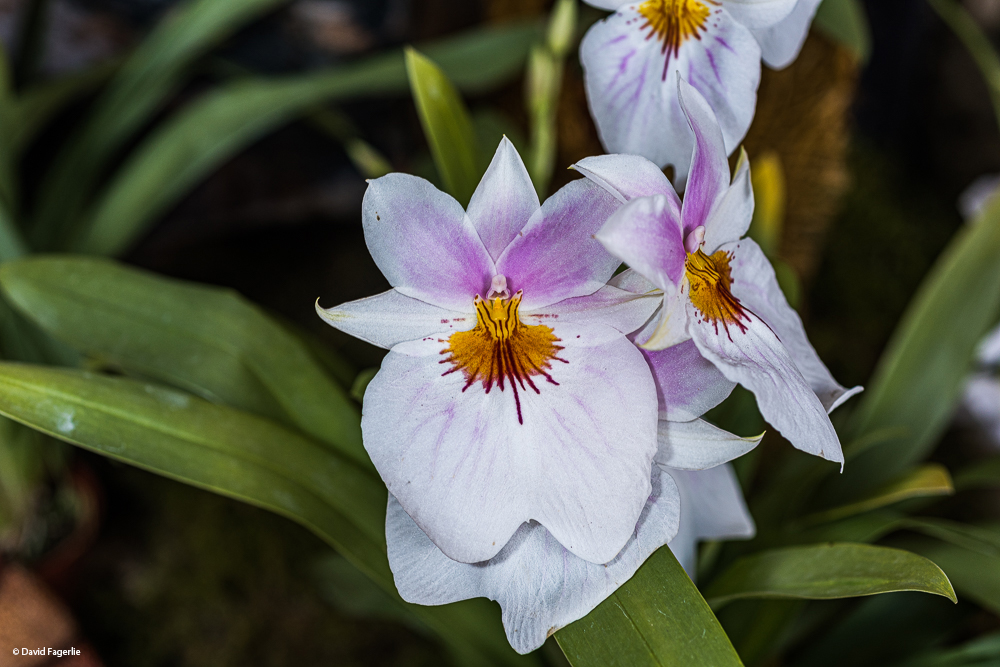
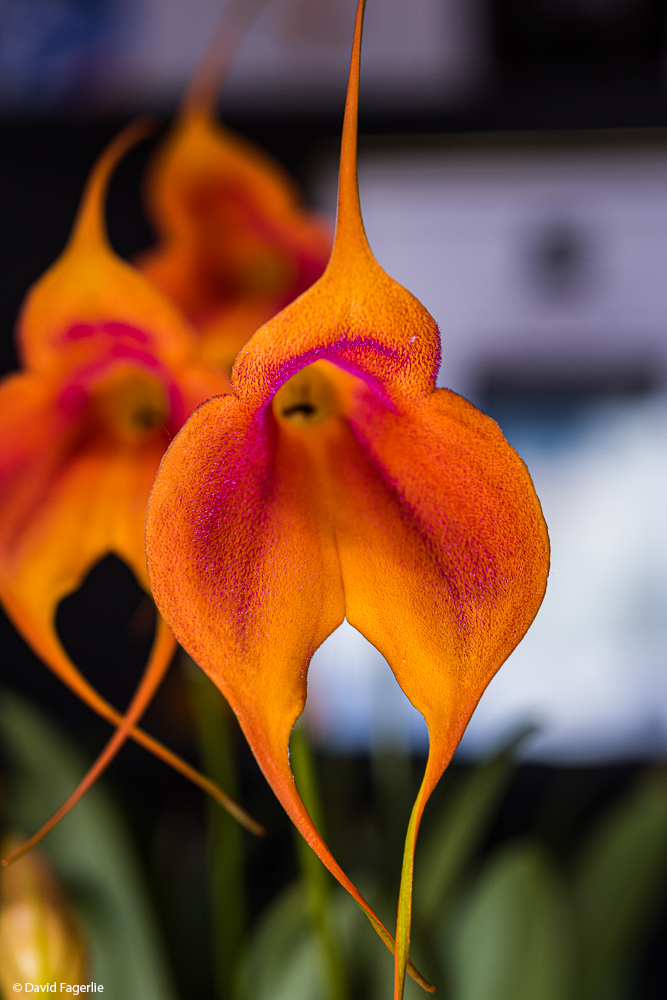
Flowers from around town.
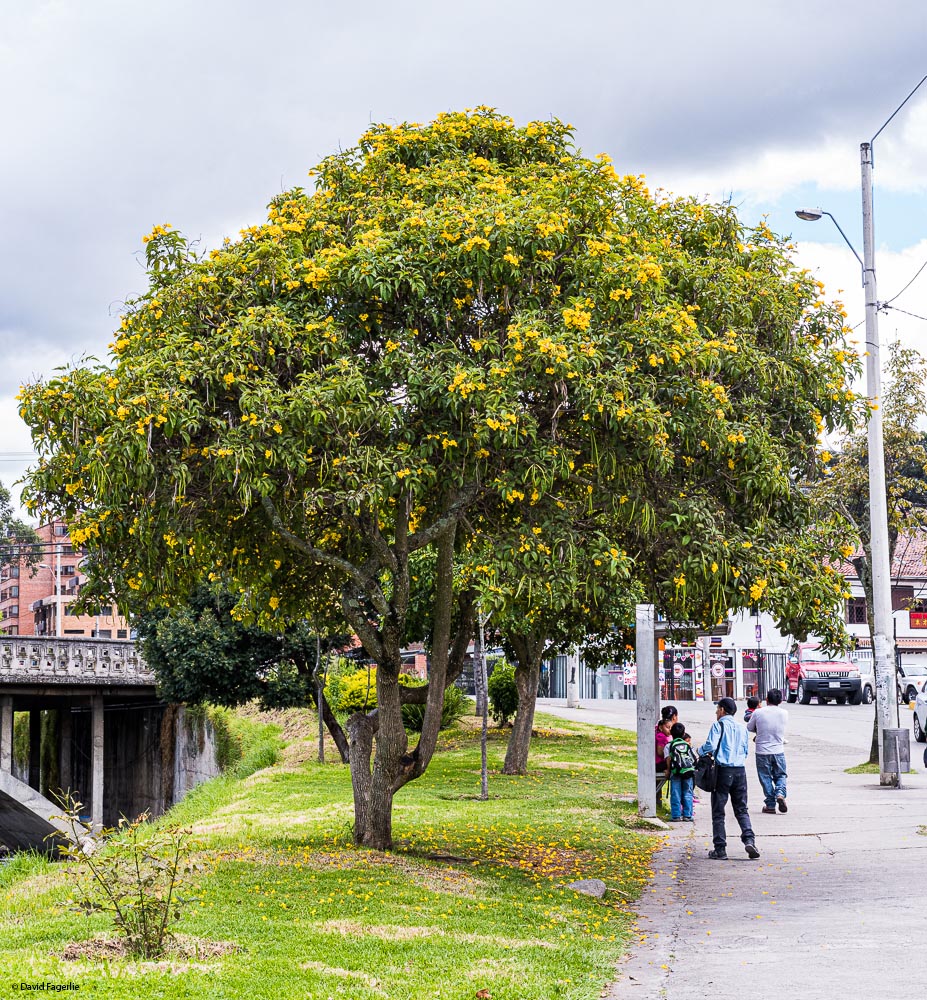
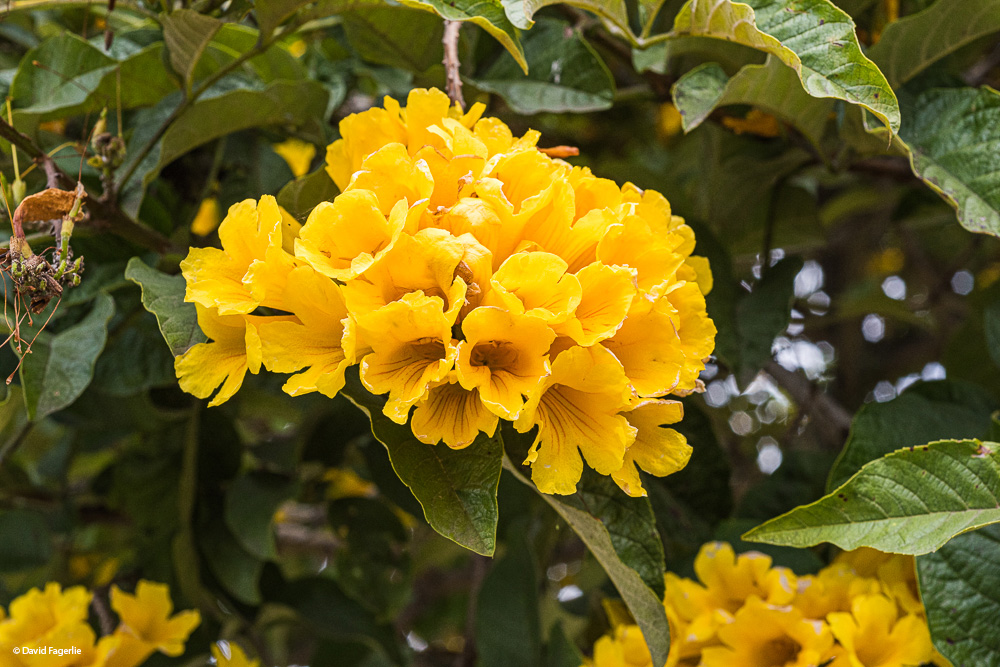
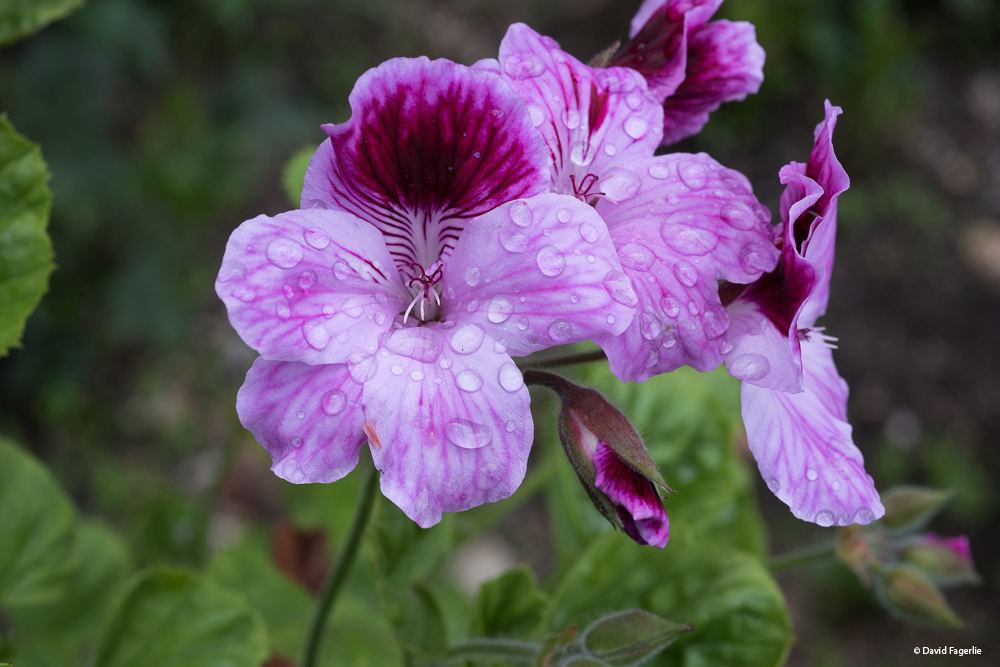
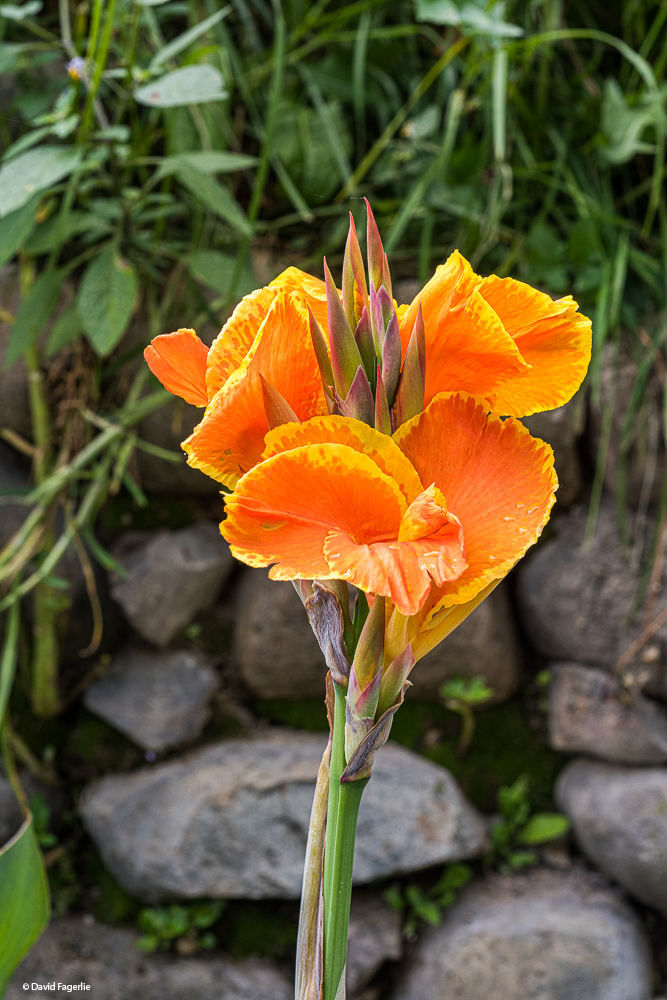
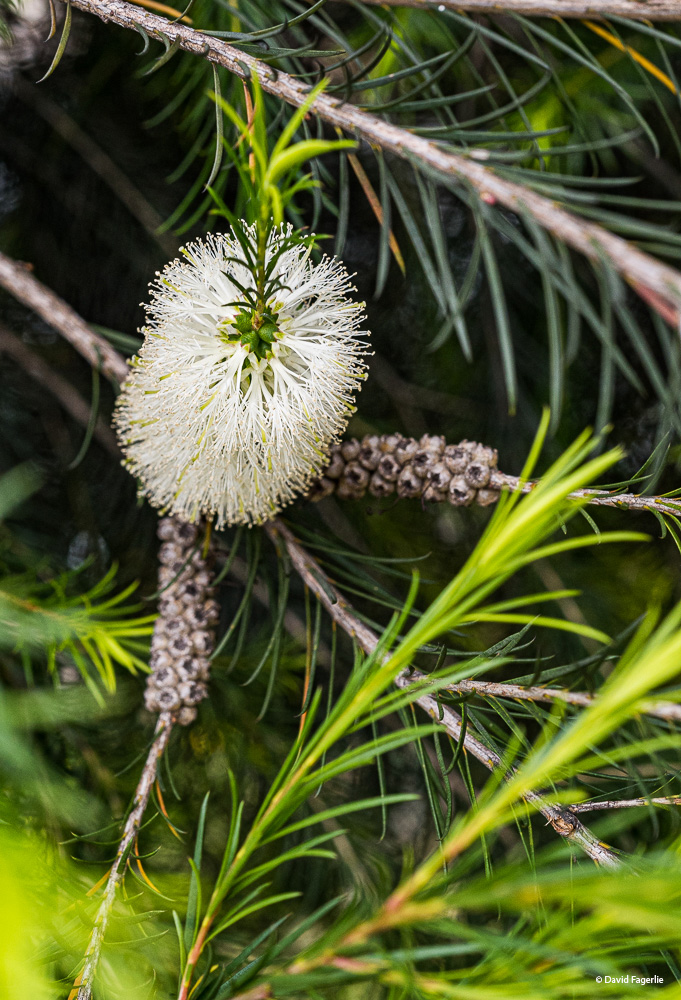
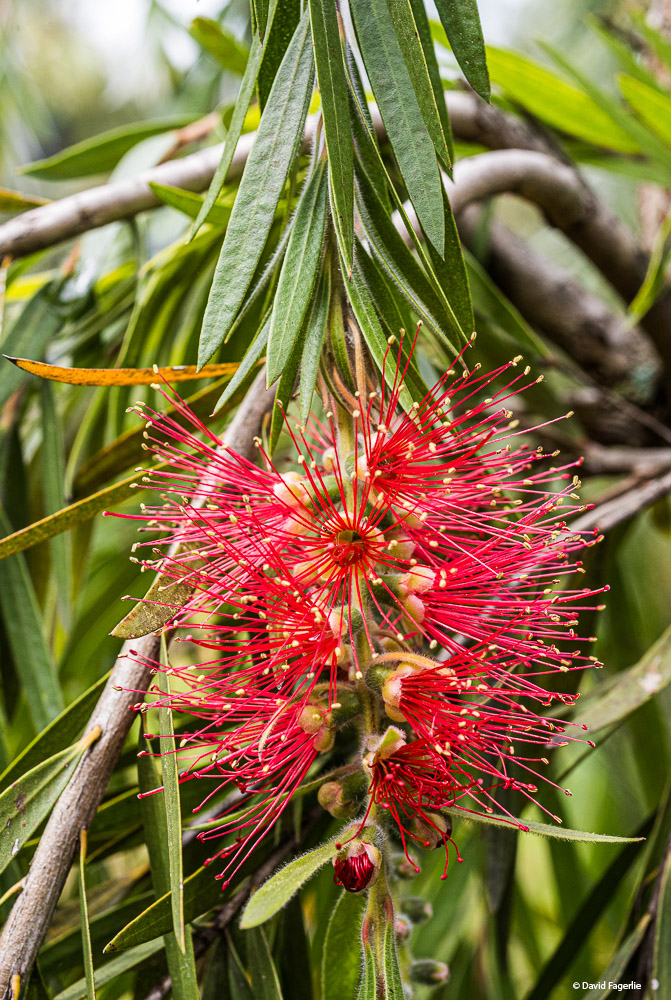
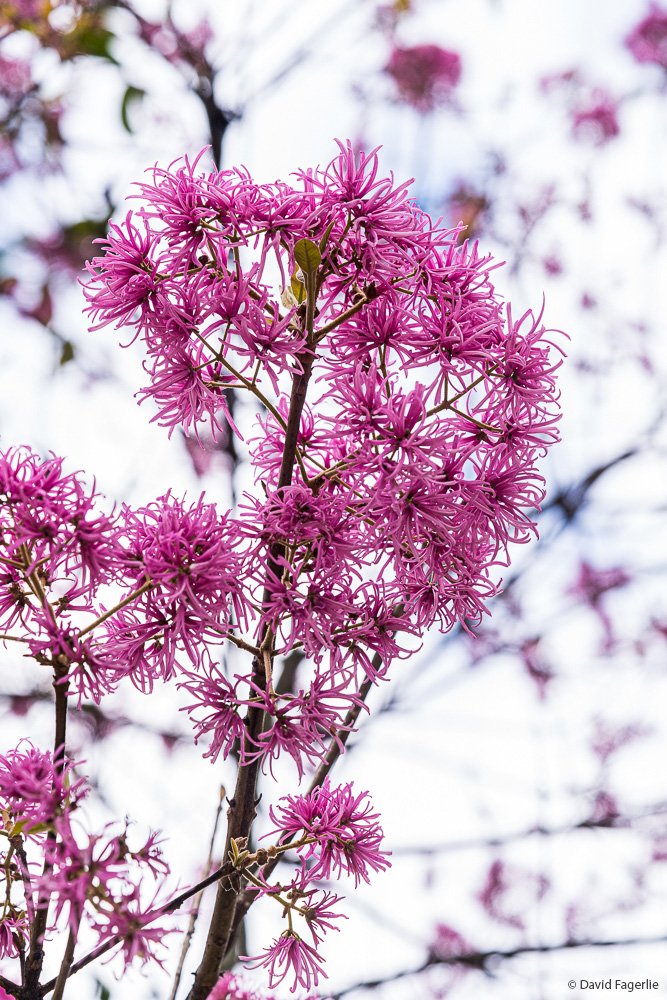
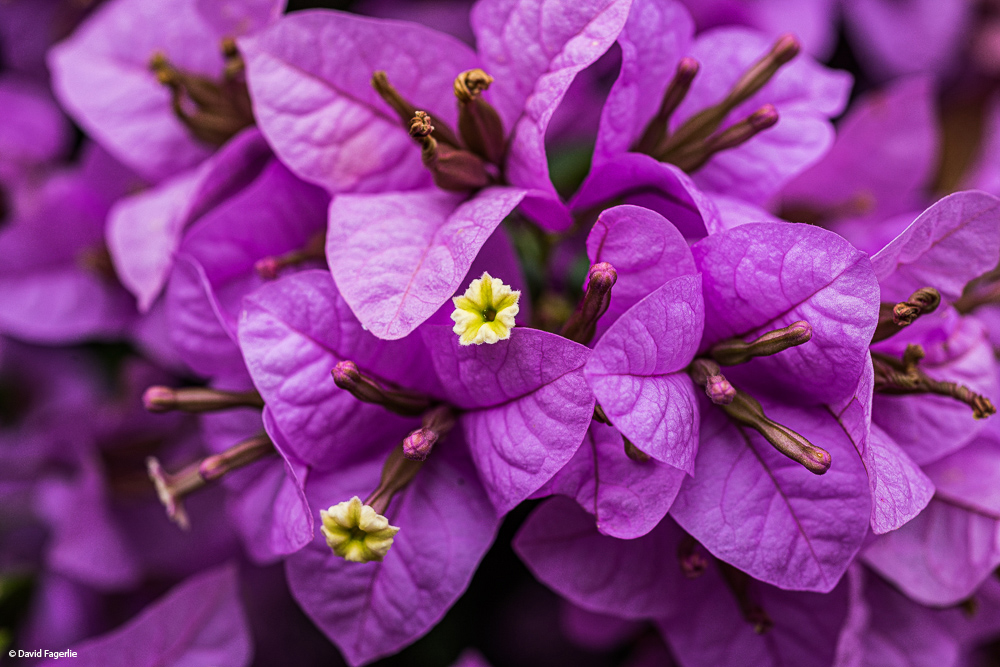
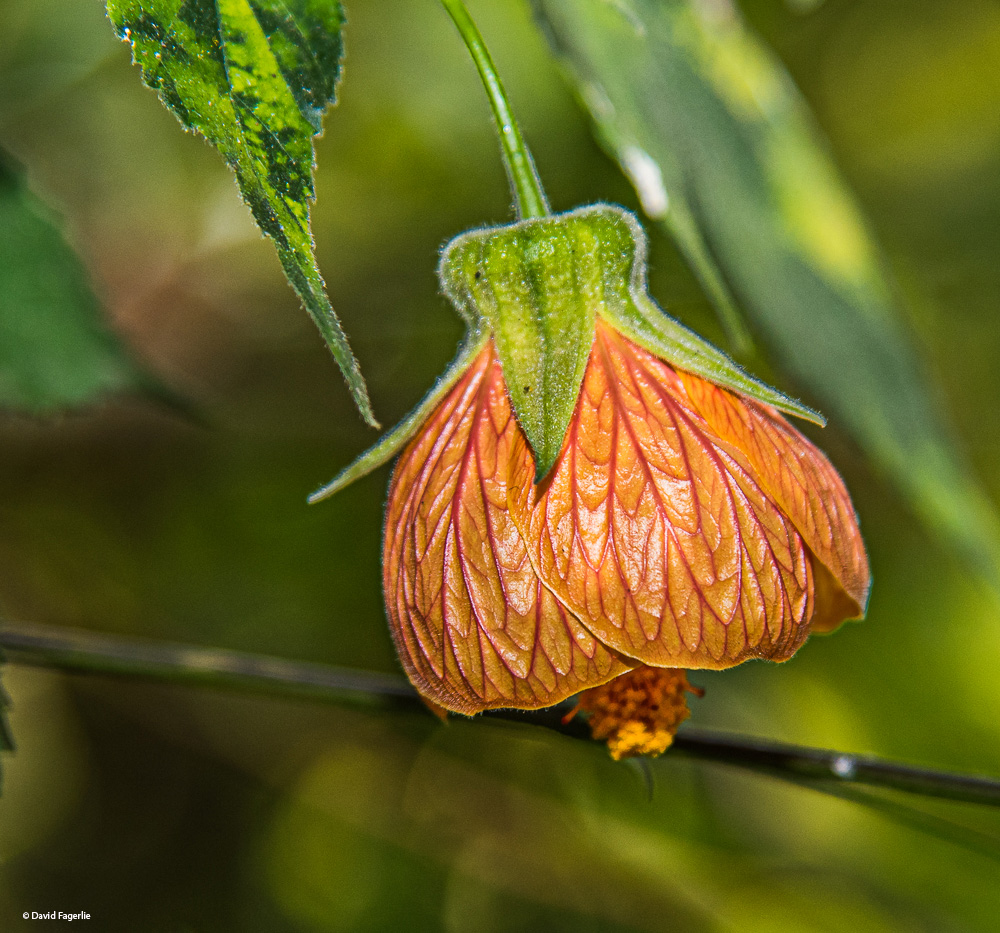
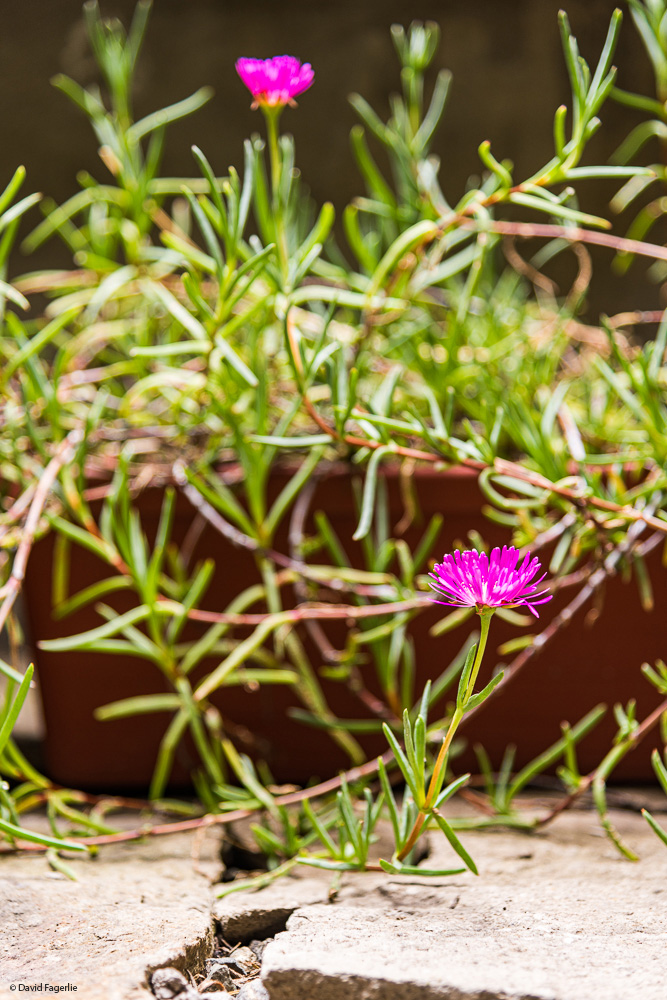
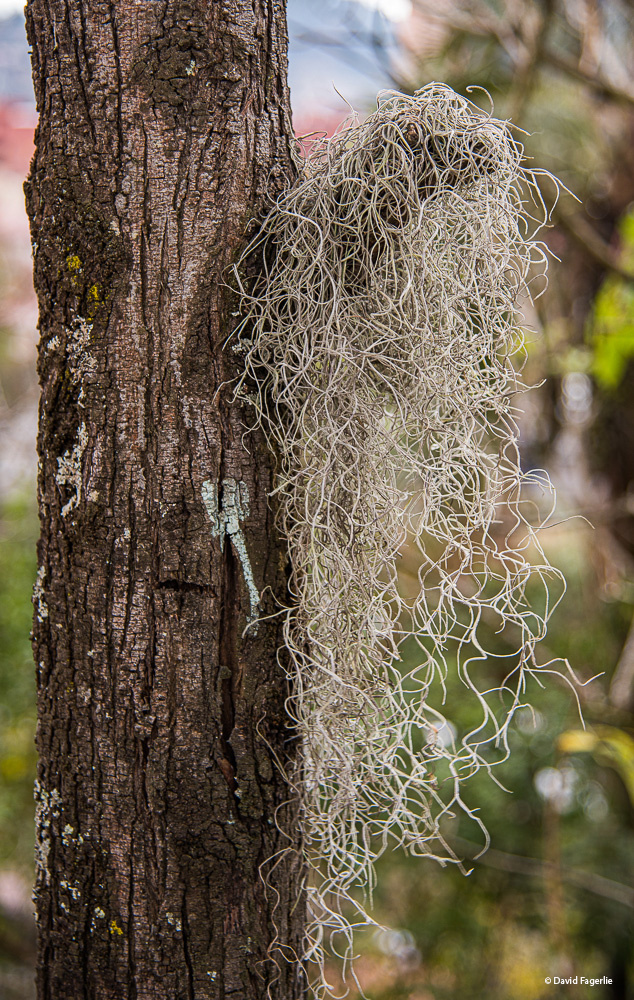
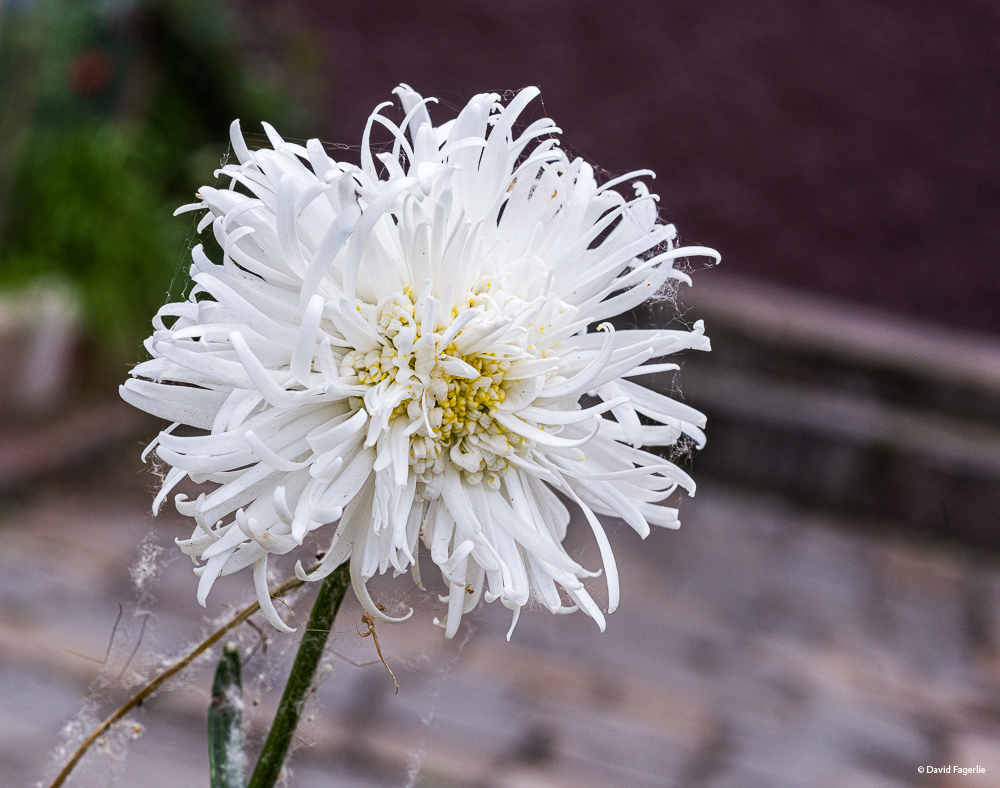
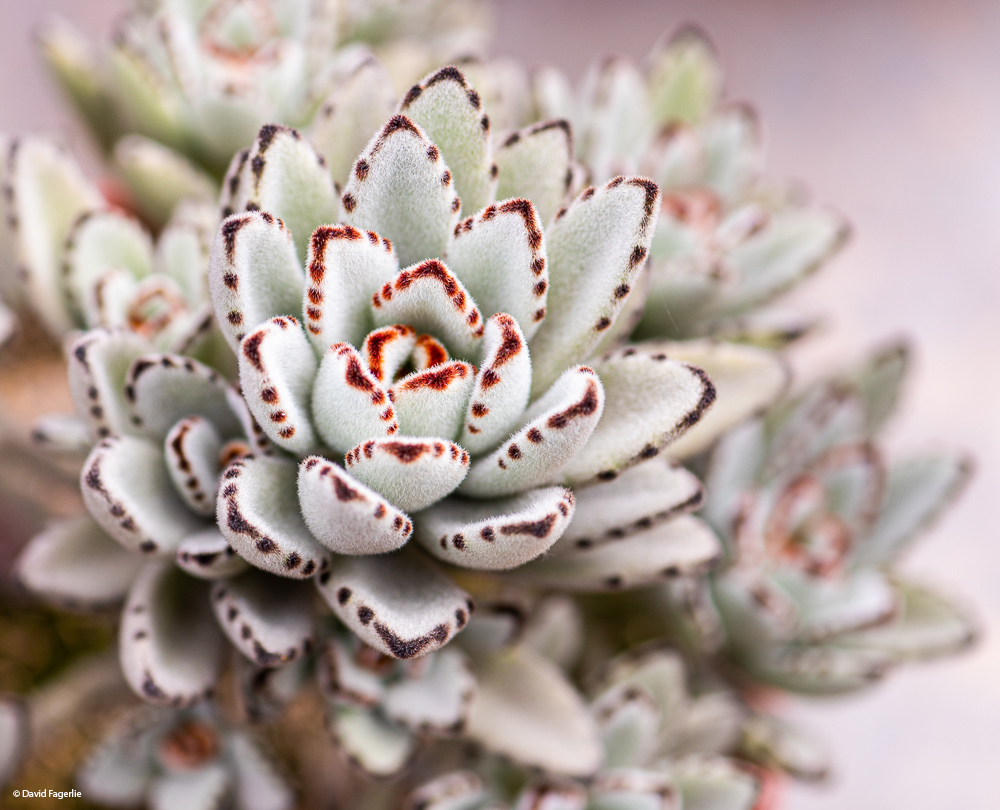
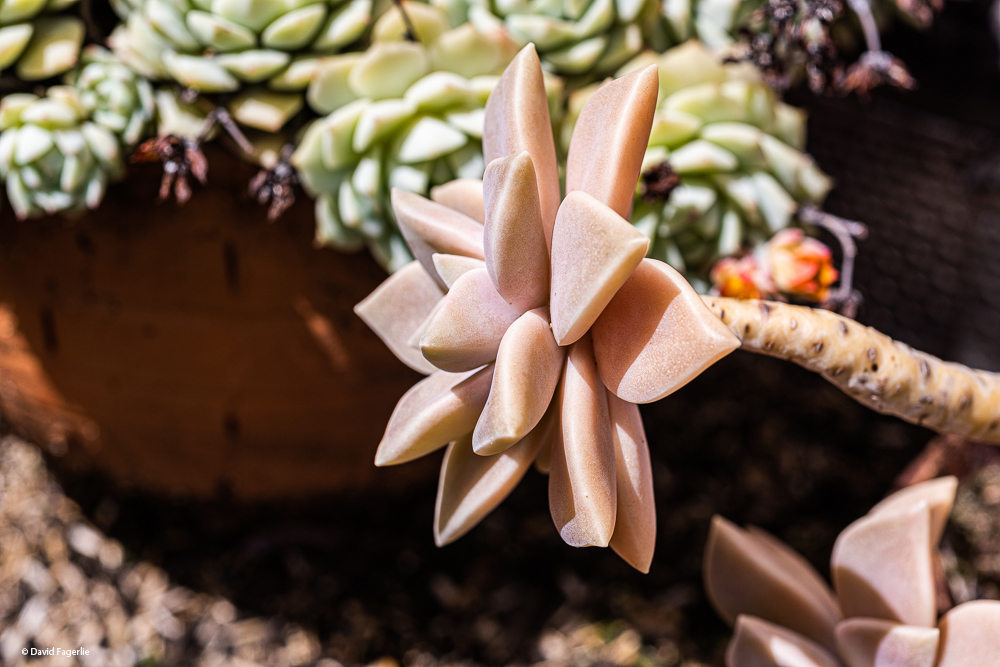
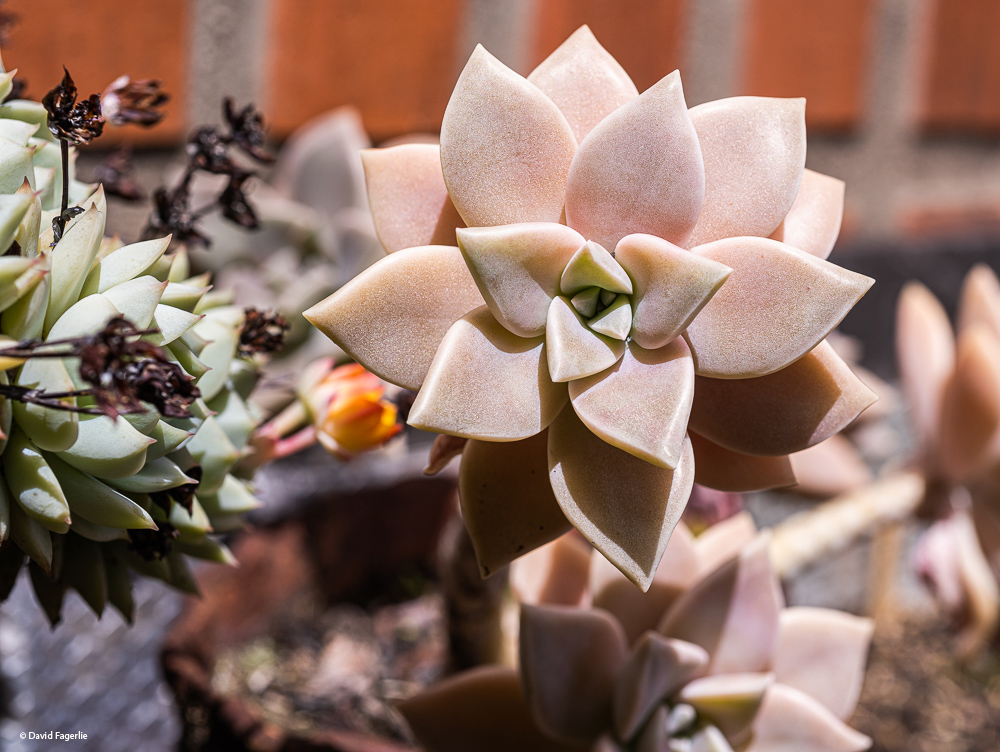

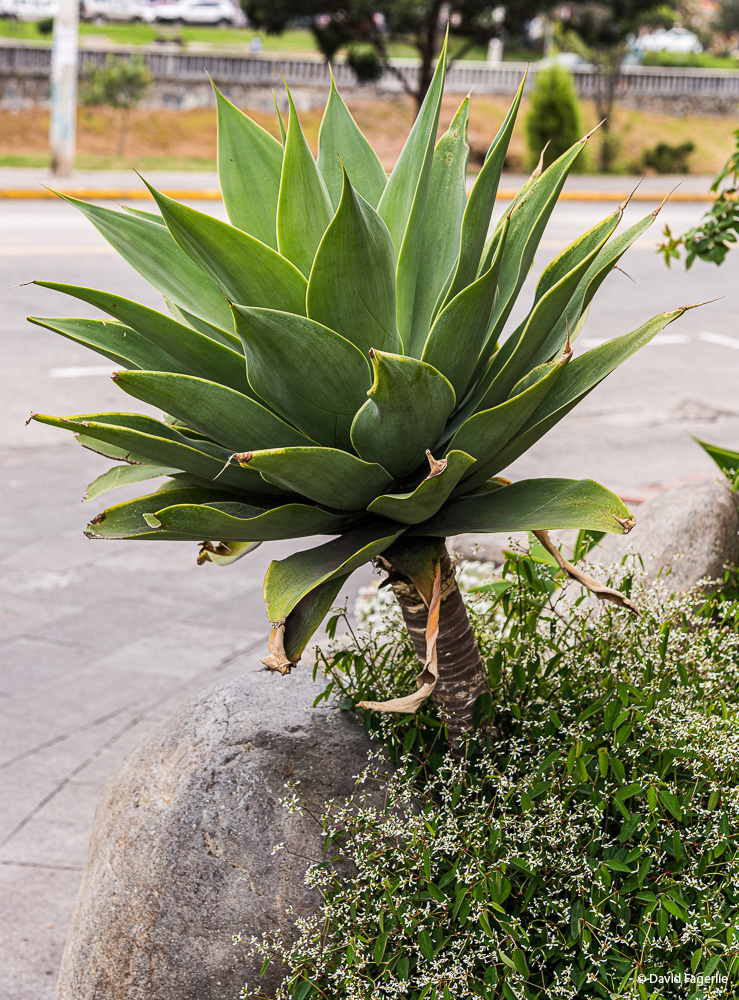
A view of the neighbor’s palm from the community terrace at my building. It was even closer from my office but too close to photograph the entire bundle of it all.
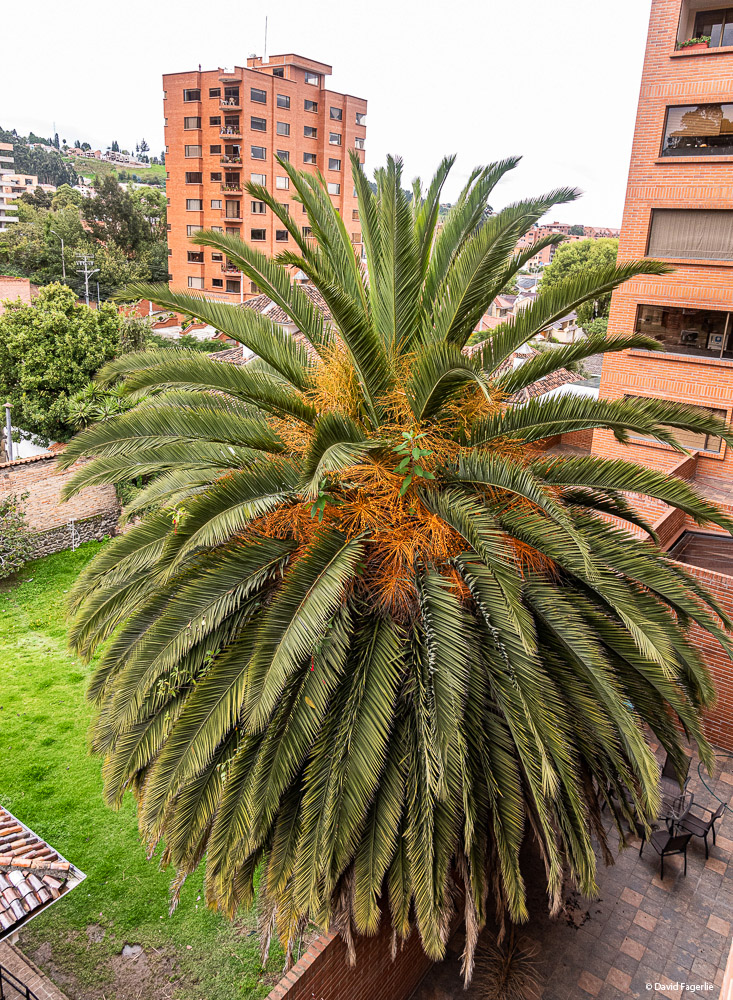
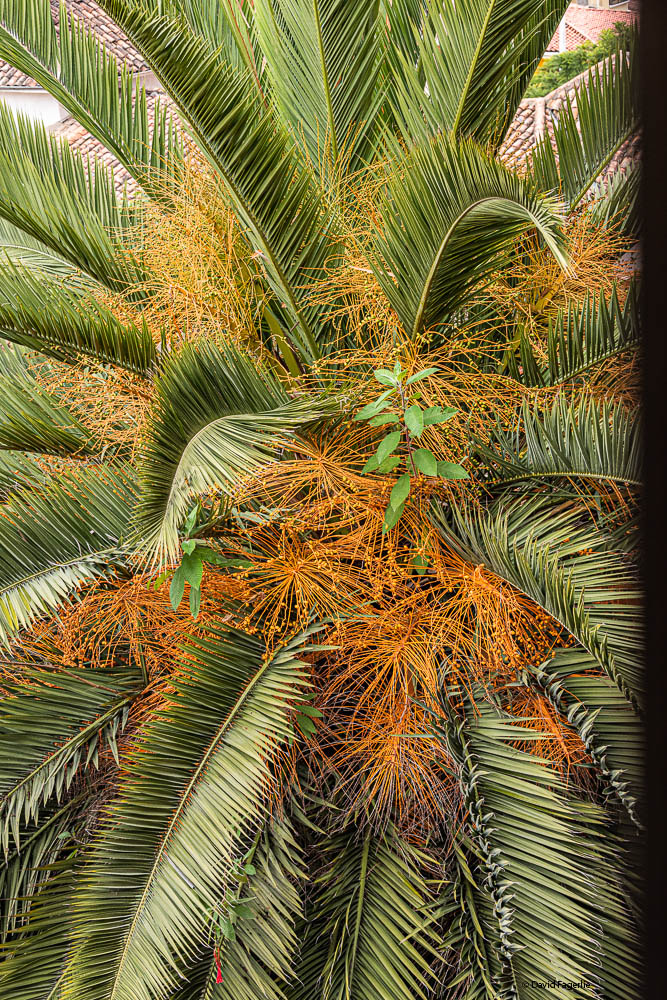
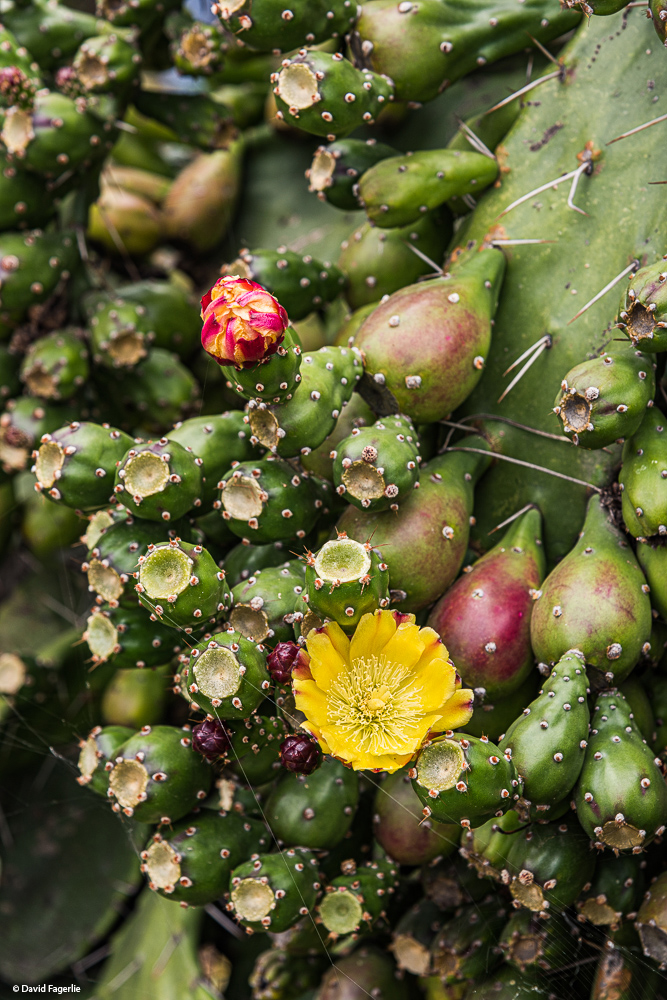
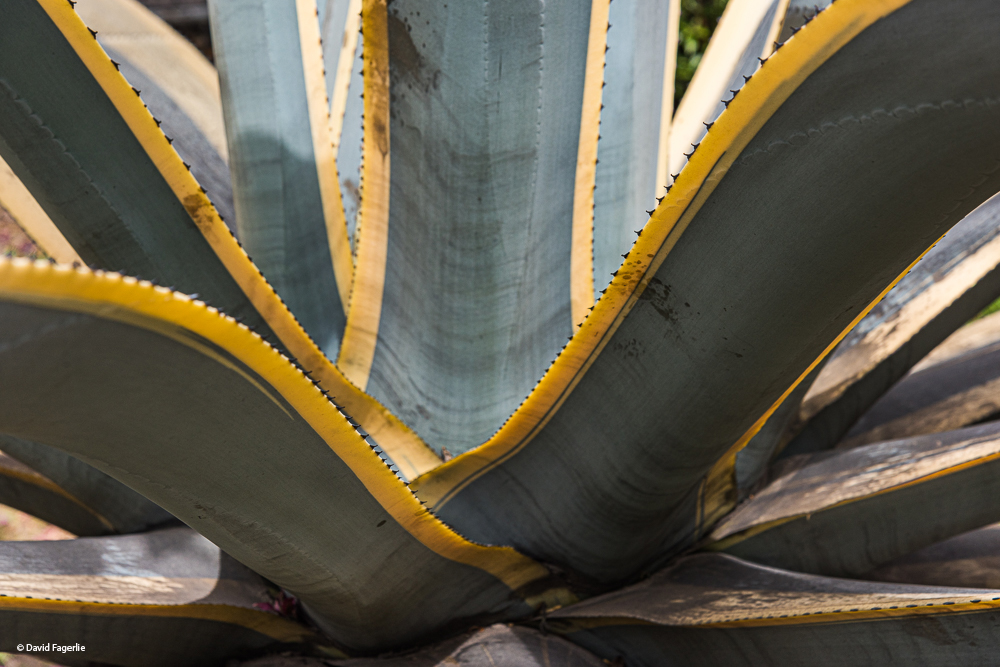
In a Cuenca park, the biggest agave plants either of us had seen.
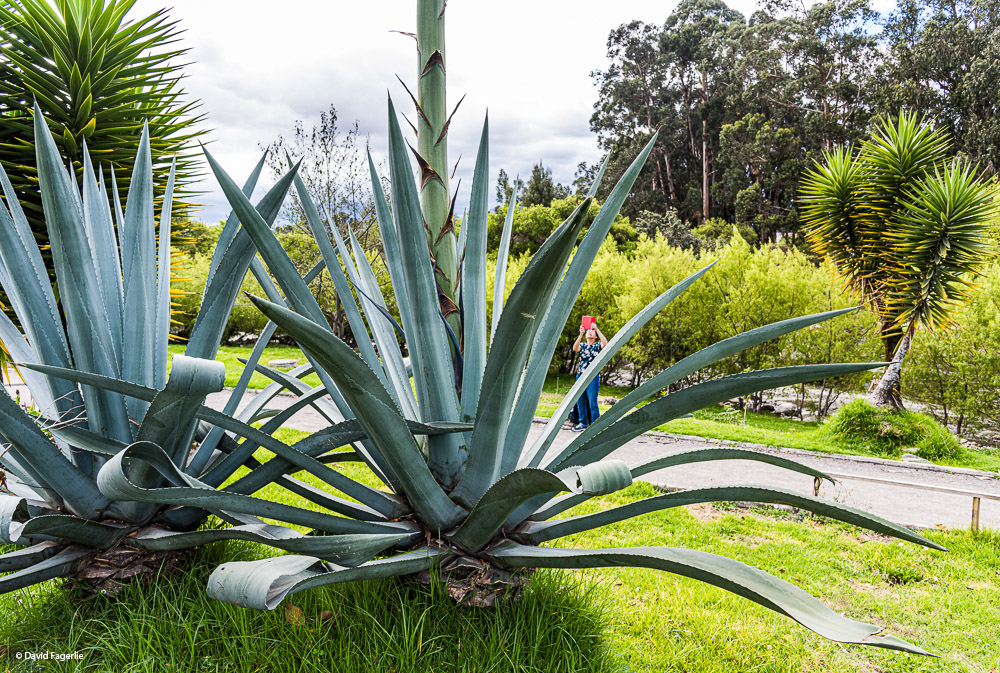
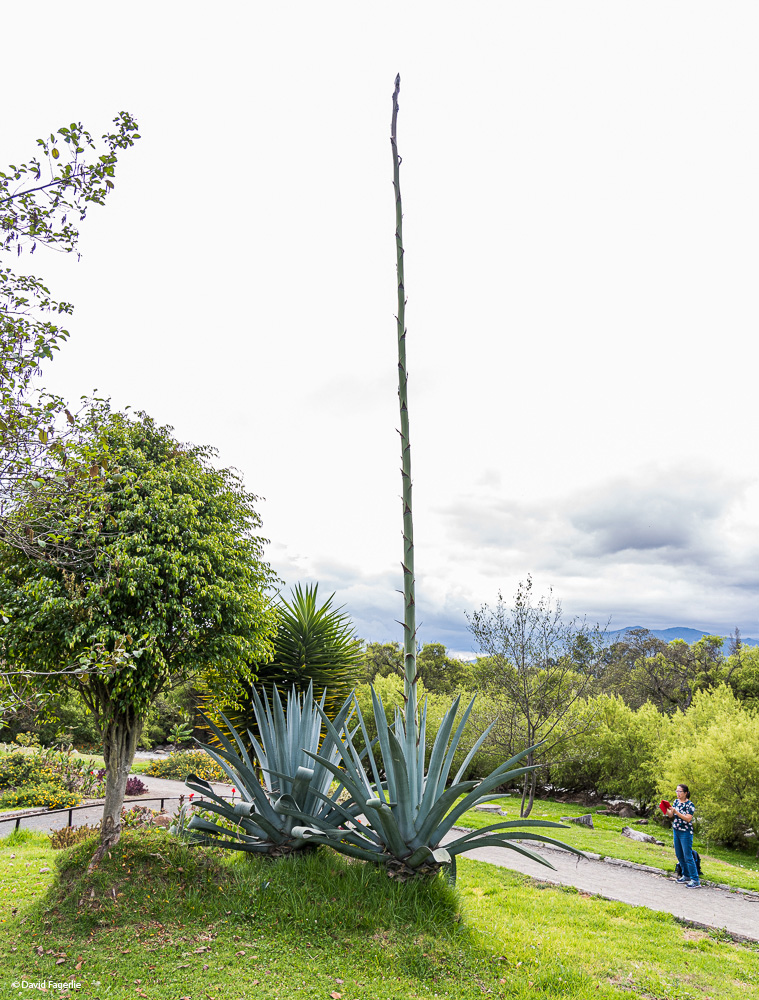
A lemon tree on our terrace and a local tree tomato. Tree tomatos are tart. They are often used to make tomato juice with a good amount of sugar.
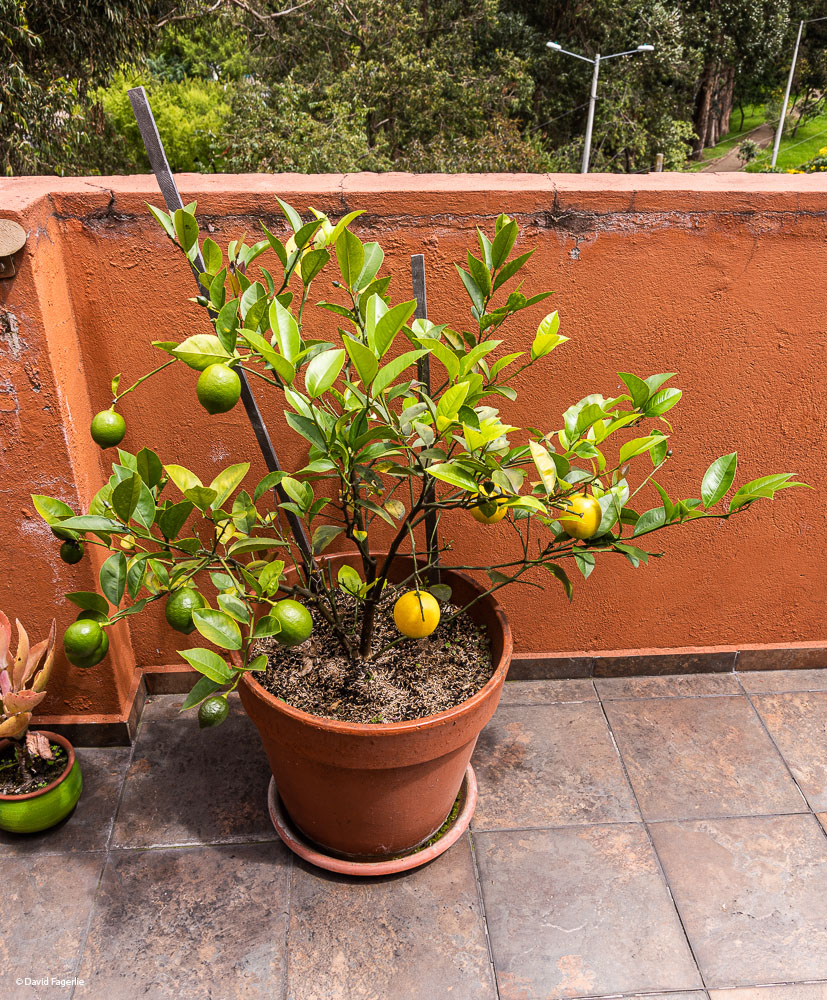
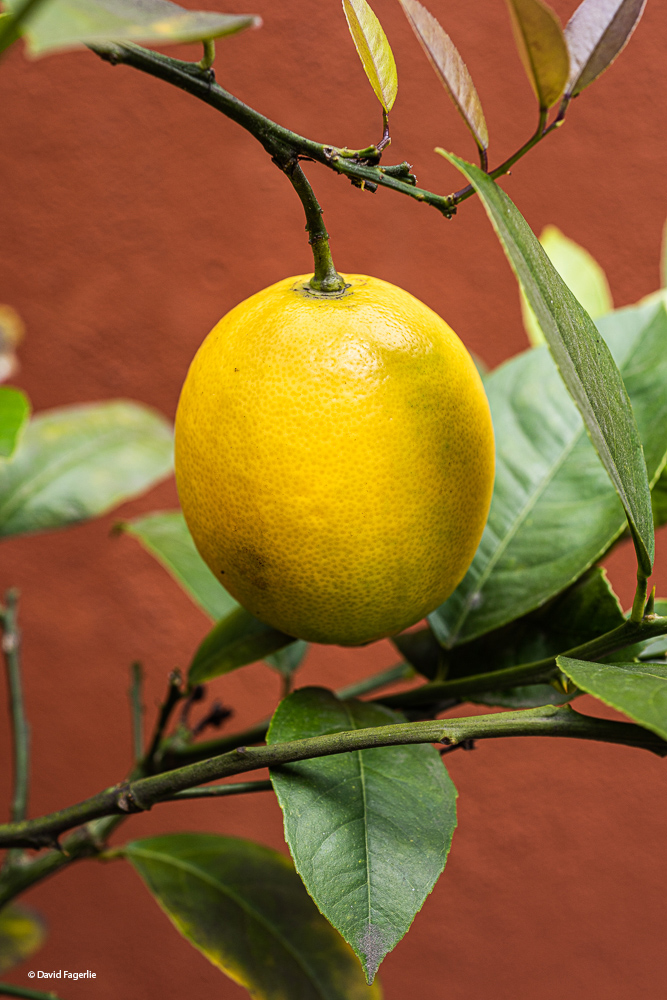
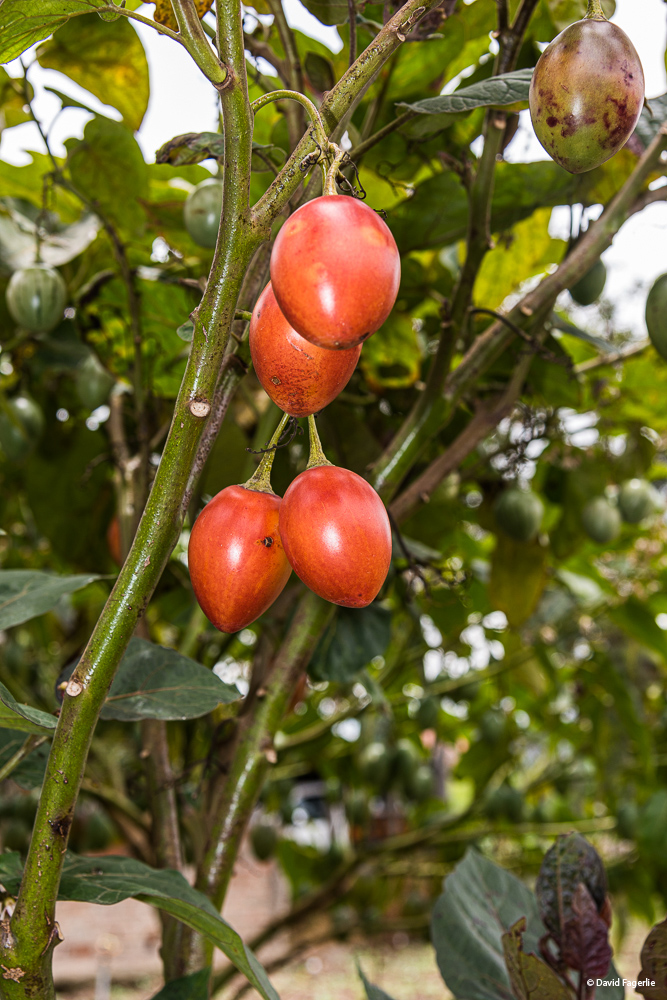
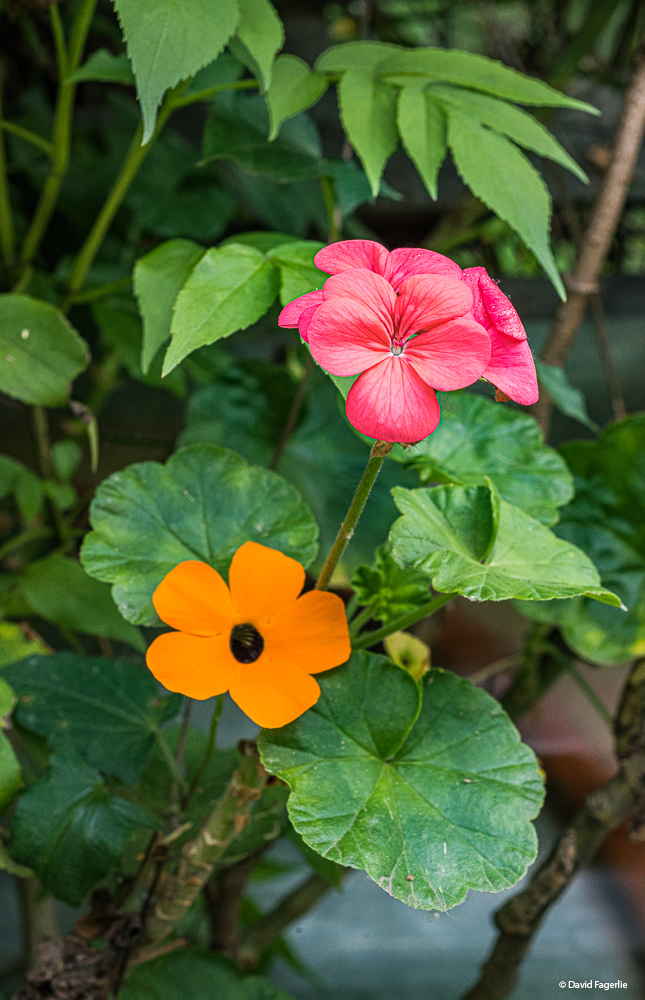
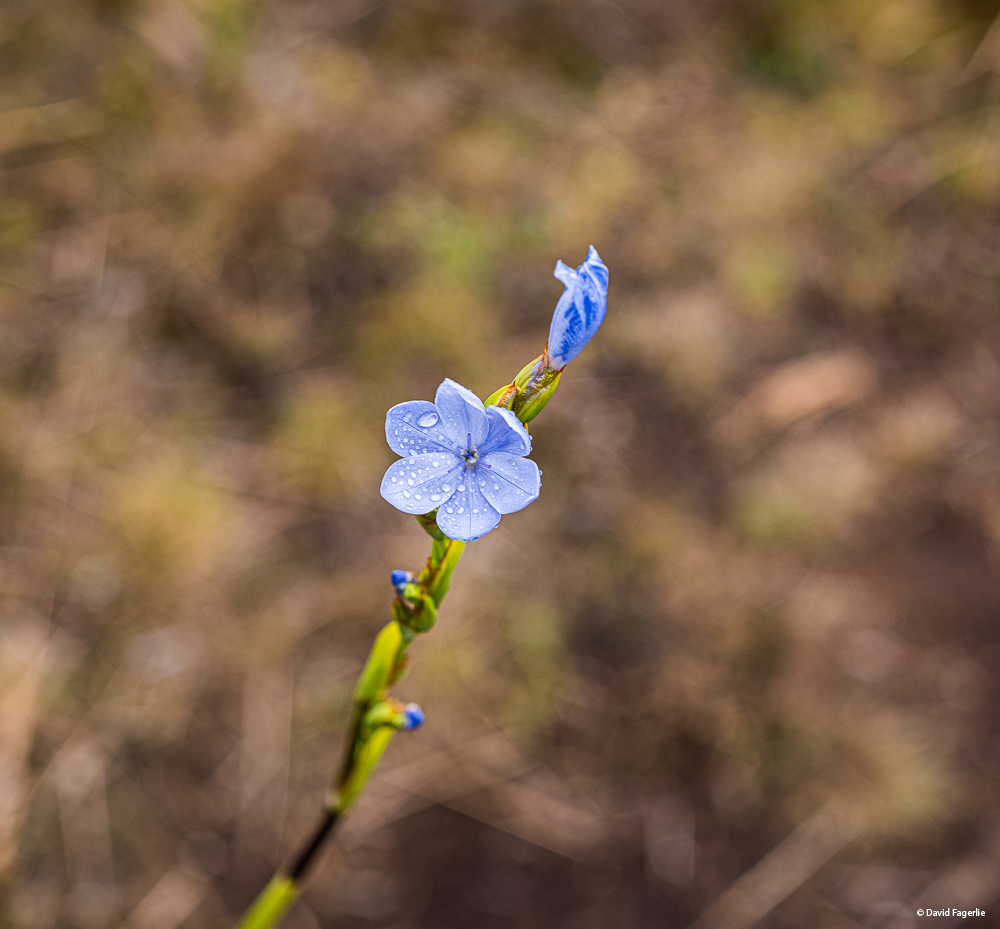
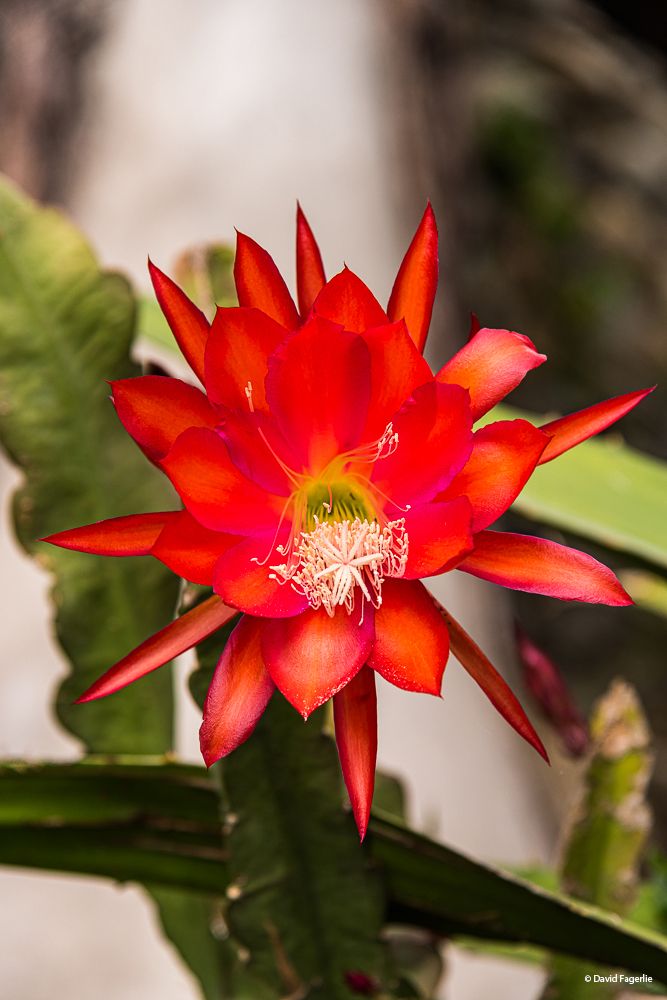
The Ecuadorian Ivory Palm, also called the Tagua Palm, produces huge pods about twelve inches across. In the next photo, created by someone else, the tree was just a black silhouette. I tried to lighten the image a little so that you could make out the pods.

The pods have nuts that are used to make jewelry, trinkets and they have even been used to make false teeth.
“As the tree grows, the tagua nuts get harder, thicker, and larger inside of their seed pods. Some tagua nuts can grow up to six centimeters! Once the seed pods are ripe, they’re picked and the seeds are dried in the sun. This process can take several days or weeks depending on the weather. Once the nuts have dried, they are polished and carved into figurines and jewelry of all shapes and sizes.” – Sense Ecuador
Sometimes called vegetable ivory, the nuts can readily be dyed with organic materials producing brilliant colors and color combinations.
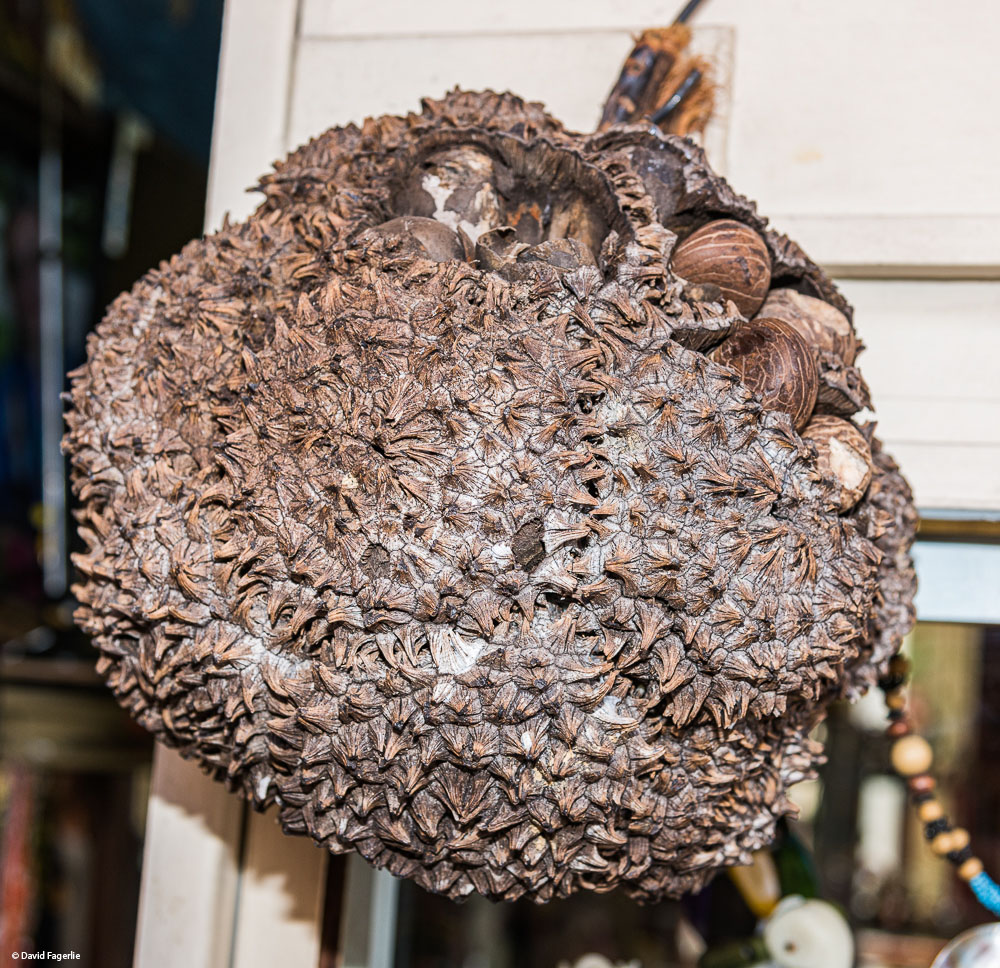
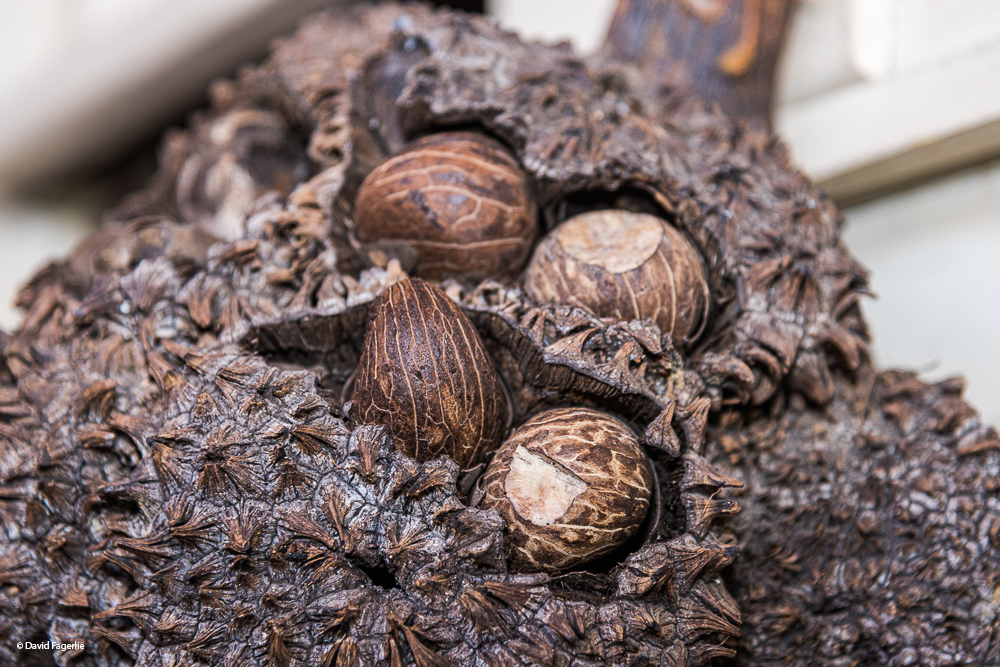
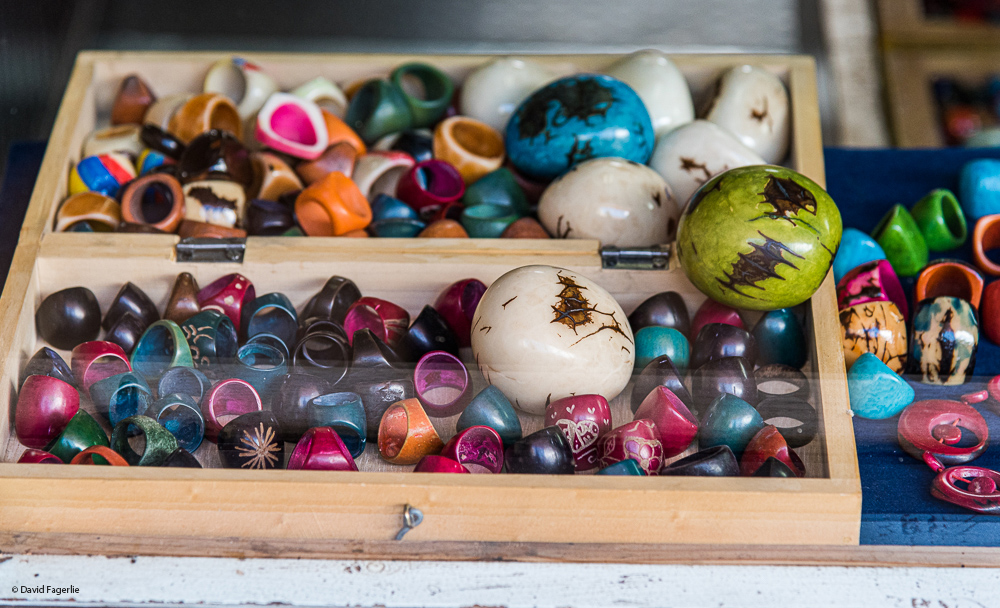
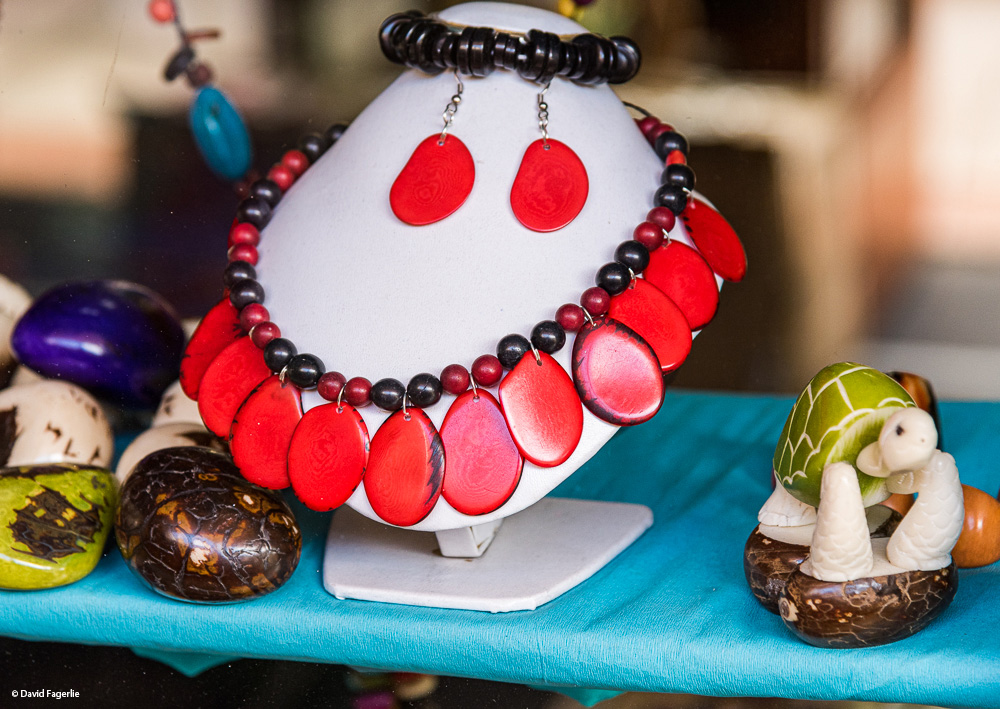
Brugmansia is a common plant in South America and one species is found as far north as Southern Texas. There are seven species overall. They are often called Angel Trumpets, perhaps because of their sweet smell? They are found in cultivation environments. No wild Brugmansia have been found in modern times. They are a woody plant or tree. Some species can reach a height thirty-six feet.
Brugmansia are native to the tropical and Andes environments from Venezuela to northern Chile and in southeastern Brazil. They have been naturalized in isolated tropical areas around the world including within North America, Africa, Australia and Asia. The one species that has no scent, Brugmansia sanguinea, is pollinated by long-billed hummingbirds.
Something the seven variety have in common is that they are extremely toxic, but not to all animals. The Plaidula eurynassa butterfly uses the seeds of Brugmansia suaveolens as one of its main larva foods. The alkaloids are sequestered and stored through the pupal stage on to adulthood. This results in the butterfly being less palatable to predators.
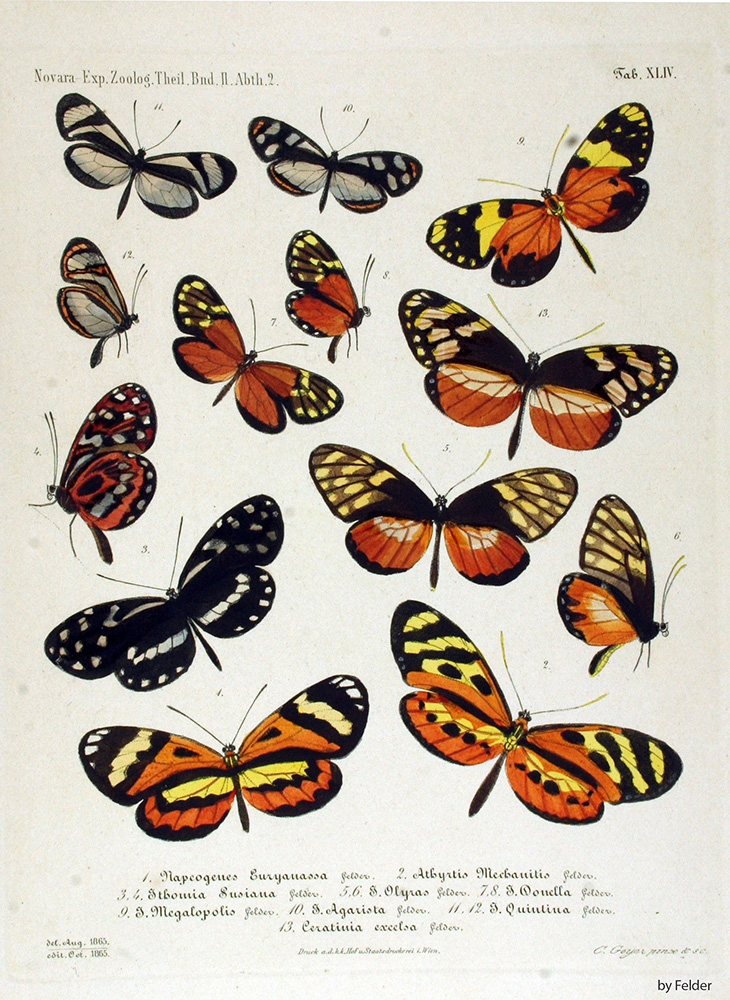
Several alkaloids of the Brugmansia have medicinal benefits including scopolamine, the derivative most widely known. Scopolamine was first written about in 1881 and its use as anesthesia started around 1900. It has also been used in conjunction with morphine to give pain relief in childbirth. Scopolamine has been used to treat arthritis, dermatitis and other ailments. In several South American cultures it was used to drug wives and slaves before they were buried alive with their dead lord.
Also called “devil’s breath,” ingredients of Brugmansia are used for malicious purposes. Scopolamine can block the neurotransmitters in the brain used for short-term memory. It can be administered by slipping what is now a powder into drinks, food, cigarettes and even as airborne particles. In some countries, including Columbia and Ecuador, people with illegal intent will frequent bars to drug food and drinks of unsuspecting others. There are also instances of criminals coating a piece of paper, such as a map, with the powder and then ask for help with directions. When the helpful person bends over to see the map more closely the powder is breathed in. Blowing the powder into your face using a straw is effective and I know of instances where this has been done in Cuenca.
Under the effects of the drug, one loses control of free will and becomes extremely susceptible to persuasion. Criminals can easily lead someone to do things they would not normally do such as empty their bank accounts. The drug has also been used to make women more cooperative when being raped. An expat friend of mine in Cuenca met a woman from Perú in a bar. They struck up a relationship, meeting a few times. He invited her to his apartment for wine. While he was in the bathroom the woman spiked his wine with a large dose of the drug. Scopolamine is odorless and tasteless so it is impossible to detect. My friend woke up over twenty-fours later. He had been robbed of everything in his apartment and he remembered nothing of the event. Too much of the drug can result in death. It is rumored that Nazi doctor Josef Mengele used devil’s breath in some of his experiments and interrogations.
Lets take a look at these bad boys:
Brugmansia aurea, the golden angel's trumpet, is endemic to Ecuador. It is a popular ornamental and is widely cultivated, like the other members of its genus. It is sold as a garden plant, described as a large subtropical shrub capable of growing to 20 feet in height. Almost all tribes in Ecuador used it to treat aches and cuts.
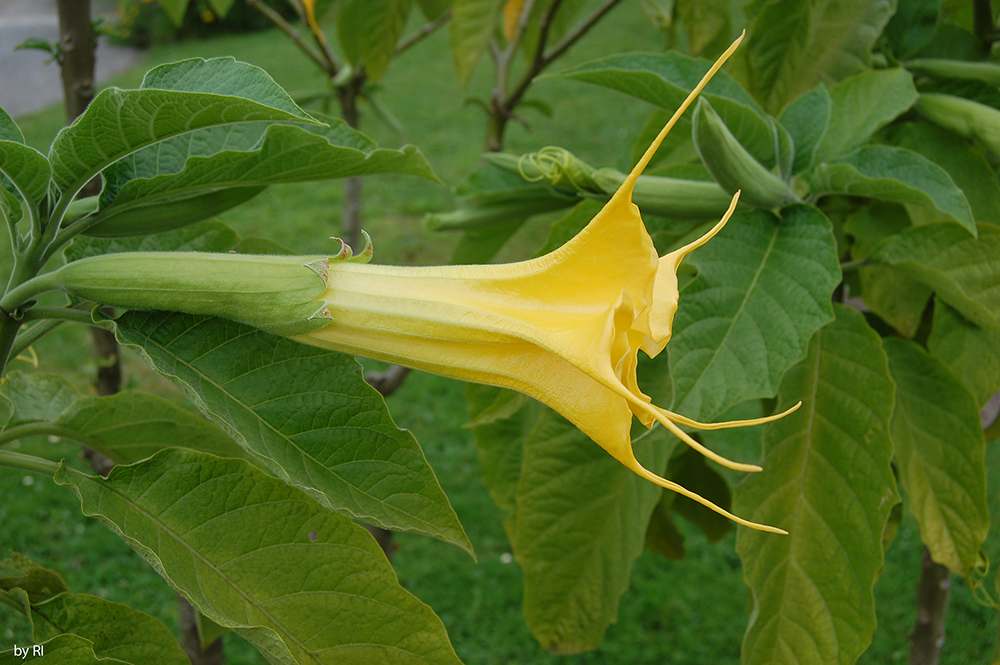
Brugmansia insignis is endemic to the upper Amazon region and at the eastern base of the Andes mountains of Peru.
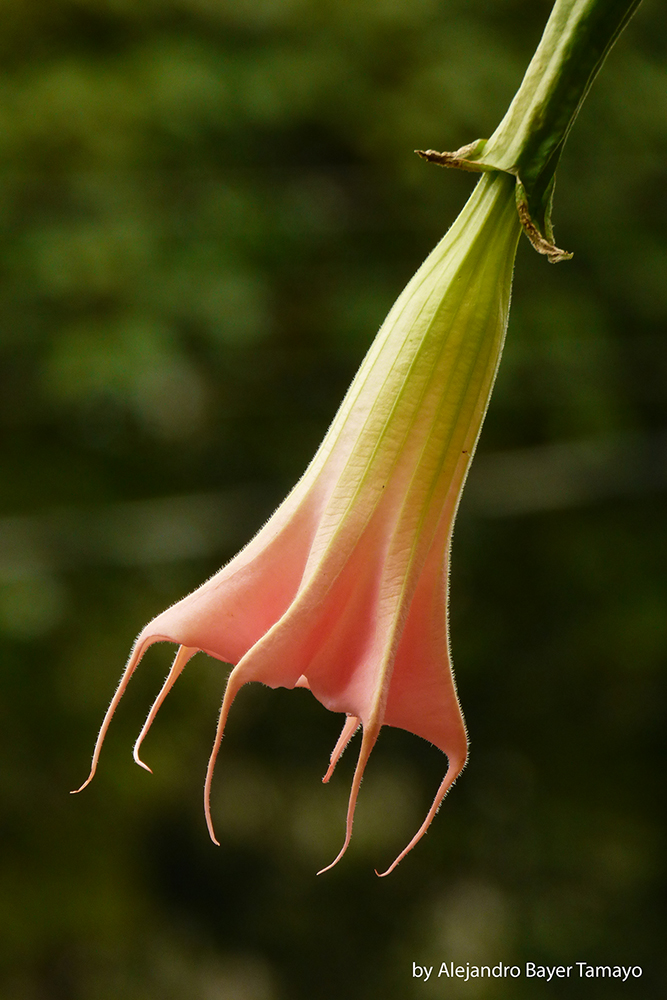
Brugmansia suaveolens, also called white angel trumpets, is endemic to the rainforests of southeaster Brazil. It is now used as an ornamental plant throughout most of South America.
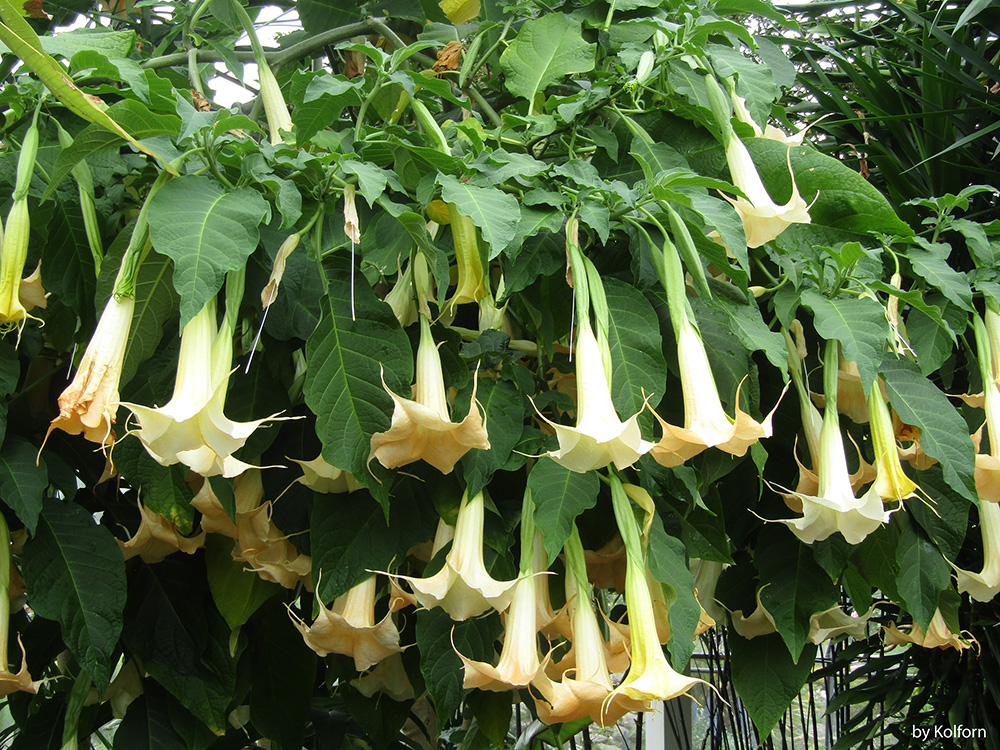
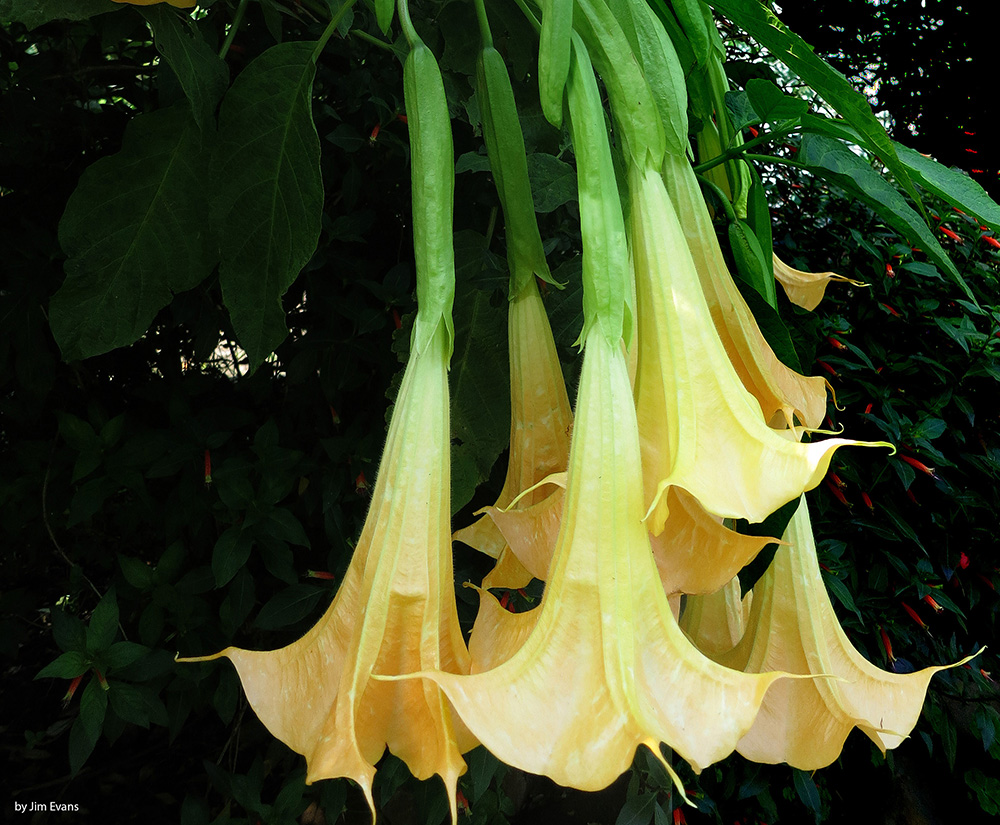
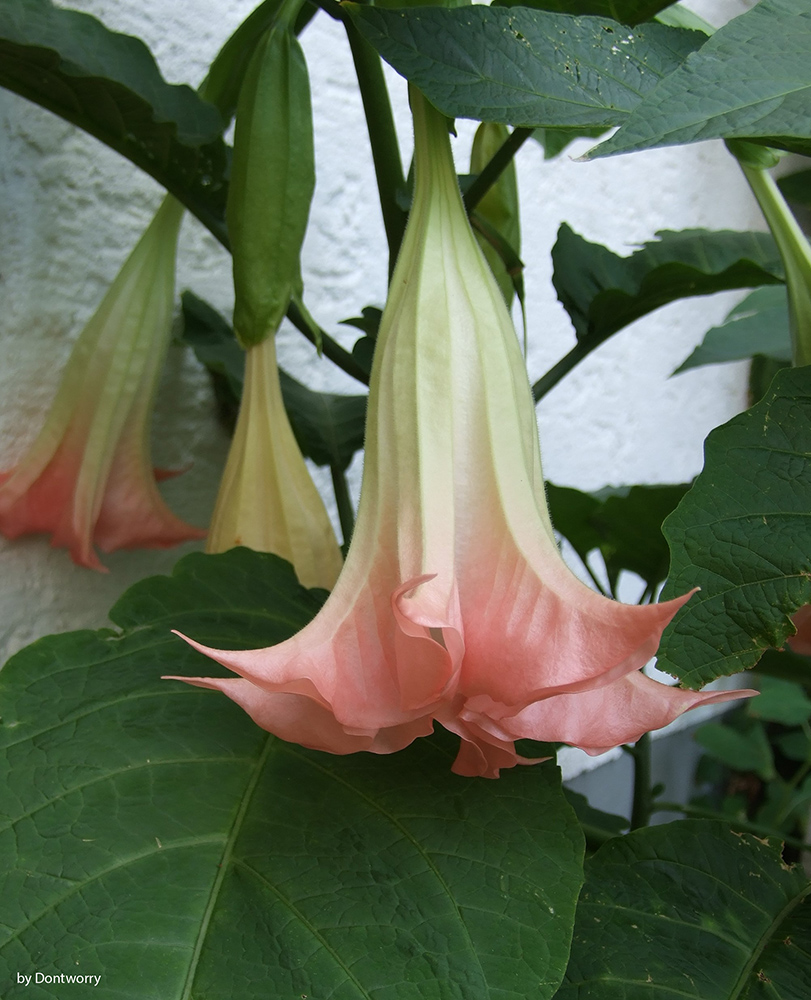
Brugmansia versicolor is endemic to Ecuador. Swallowed or inhaled, “the flowers, leaves, and seeds will most likely cause symptoms of hallucinations, dry mouth, muscle weakness, increased blood pressure, increased pulse, fever, dilated pupils, temporary insanity, and paralysis.” – Wikipedia
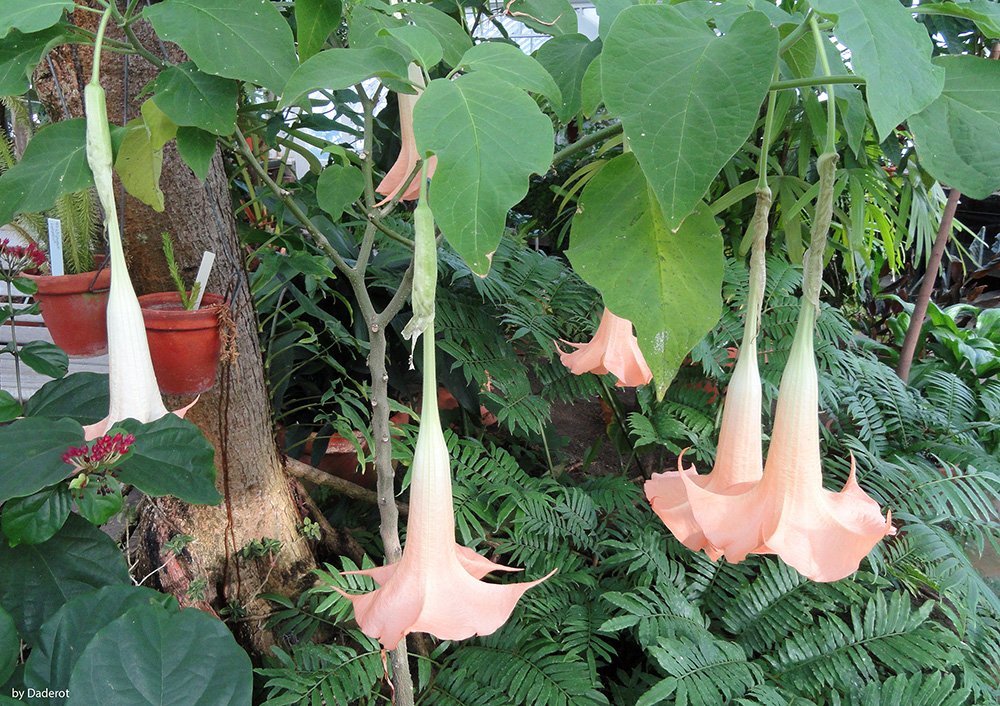
Brugmansia arborea is the shortest of all Brugmansia. They are native to the Andes mountains of southern Colombia, Ecuador, Peru, western Bolivia, and northern Chile.
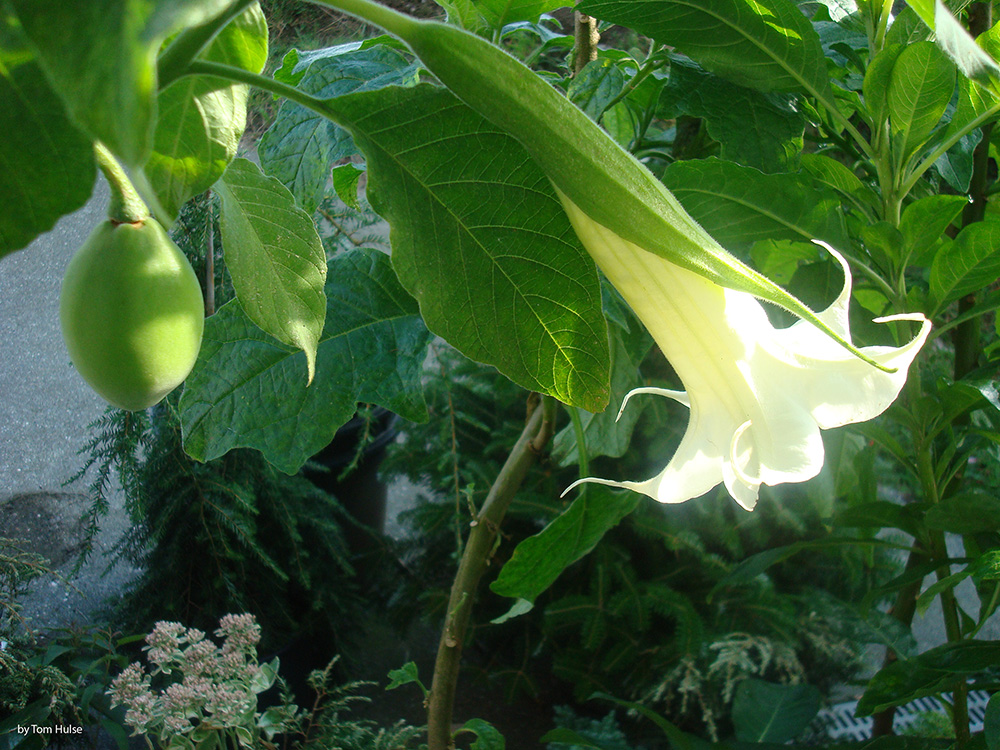
Brugmansia sanguinea, the red angel's trumpet, is a species found in the Andes from the northern reaches of Columbia to Chile.
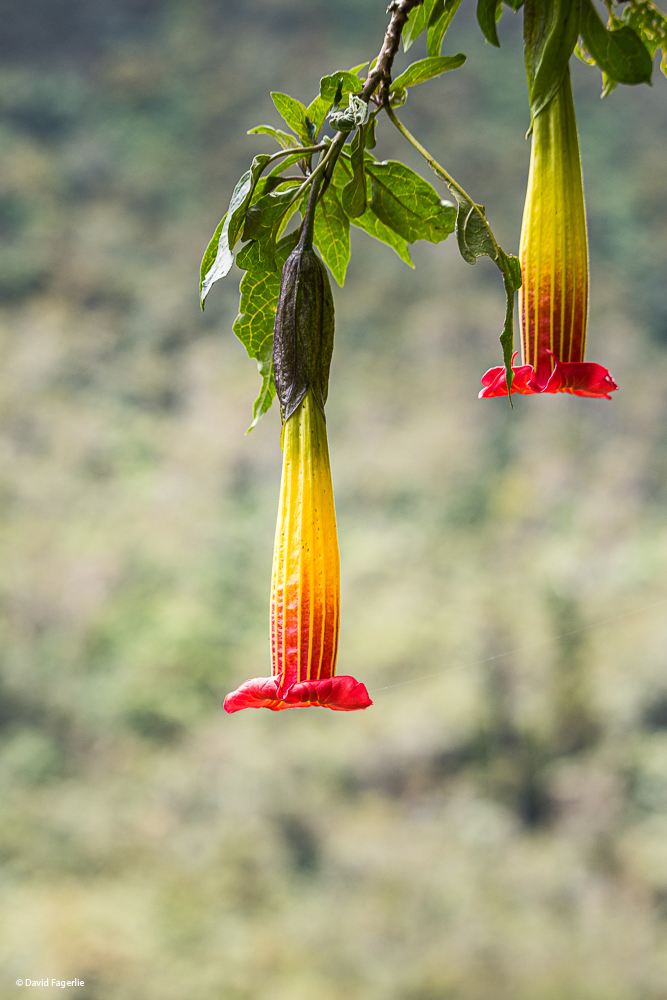
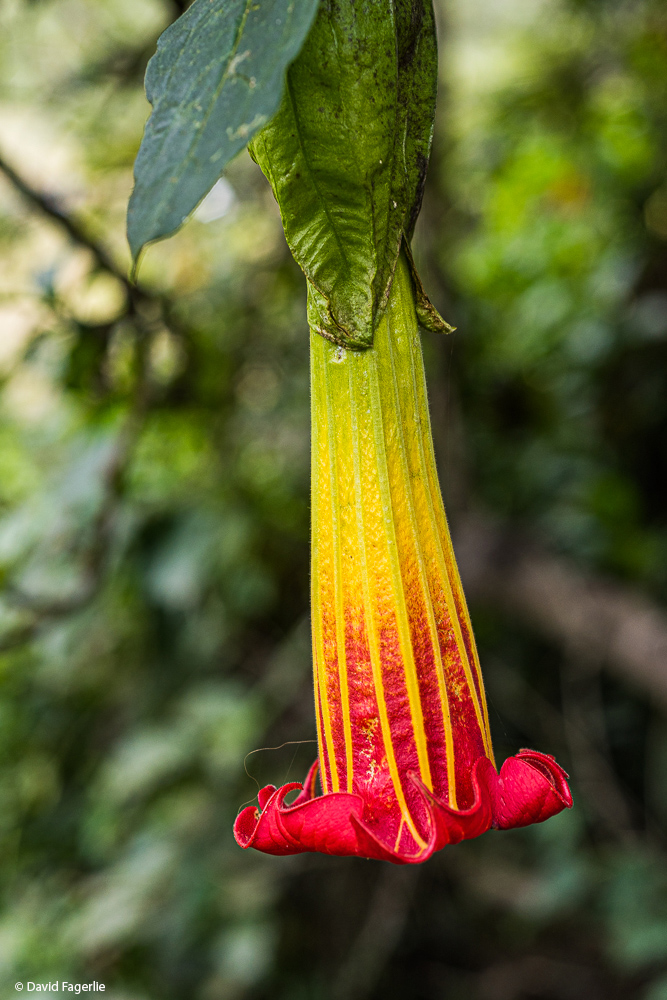
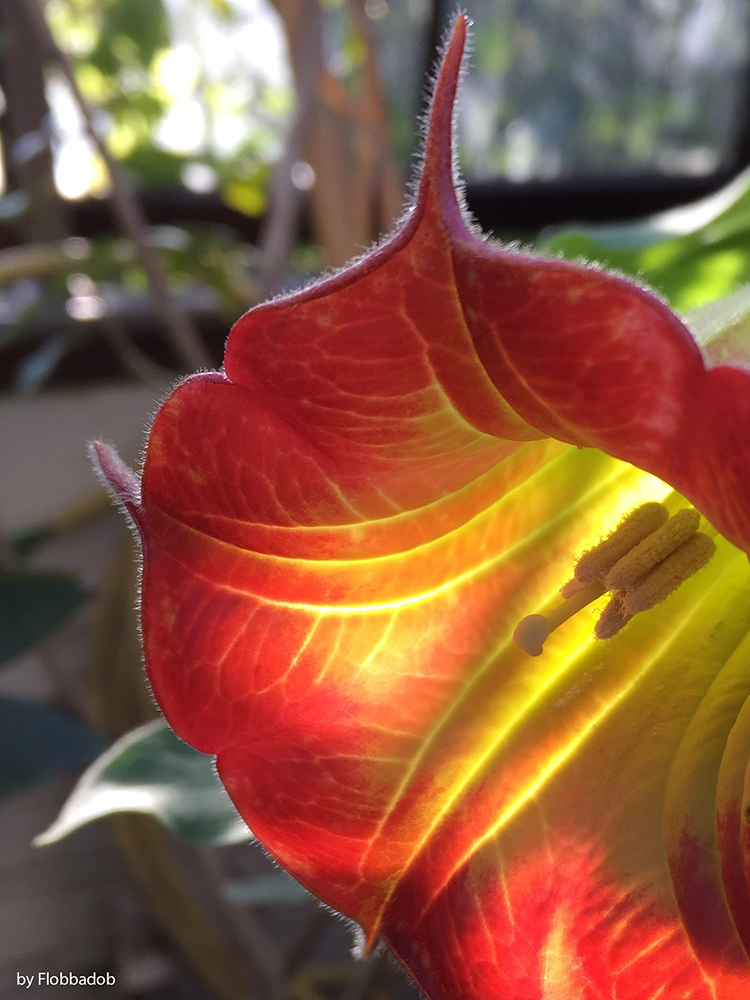
Brugmansia vulcanicola is found in the Andes of Columbia and Ecuador.
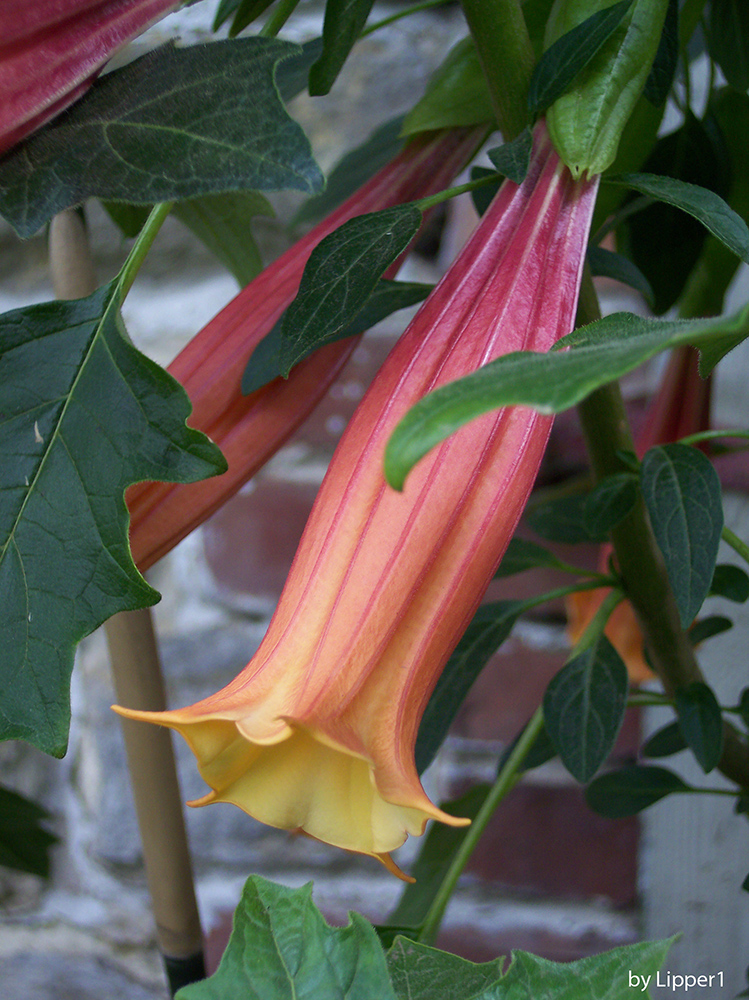
Here are a few shots of a Brugmansia on the river walk. I walked by this beautiful tree almost daily. I enjoyed watching the plant's growing cycles, always being mindful of its dangers.
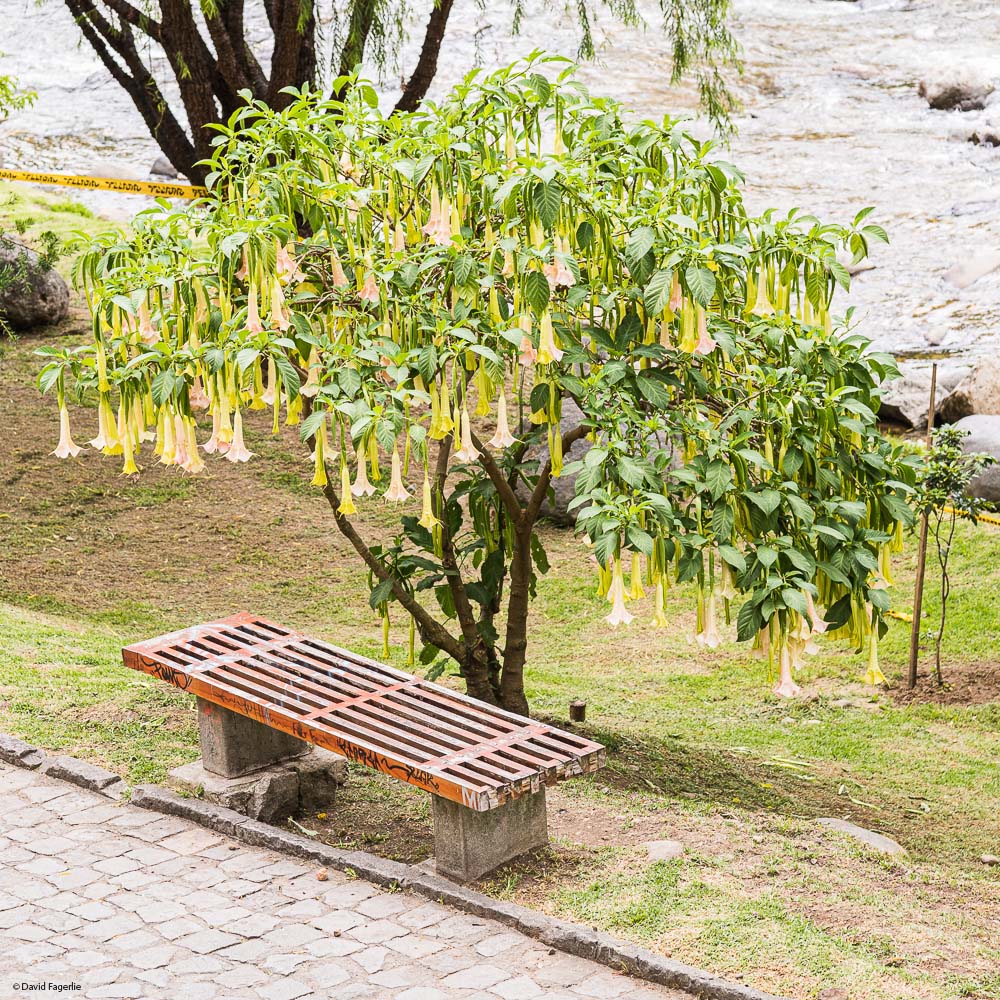
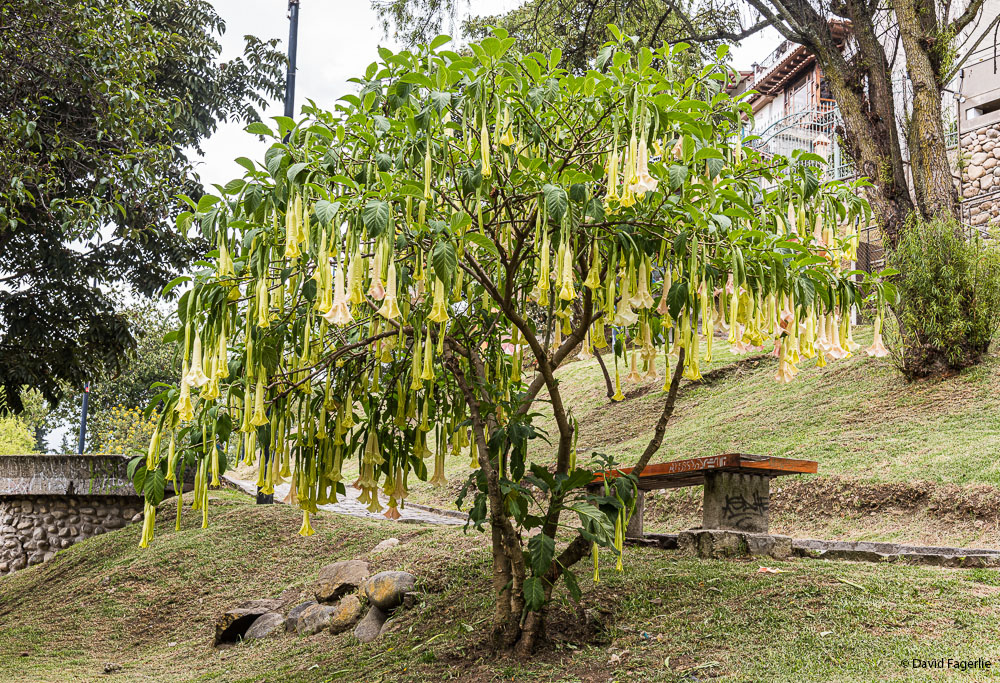
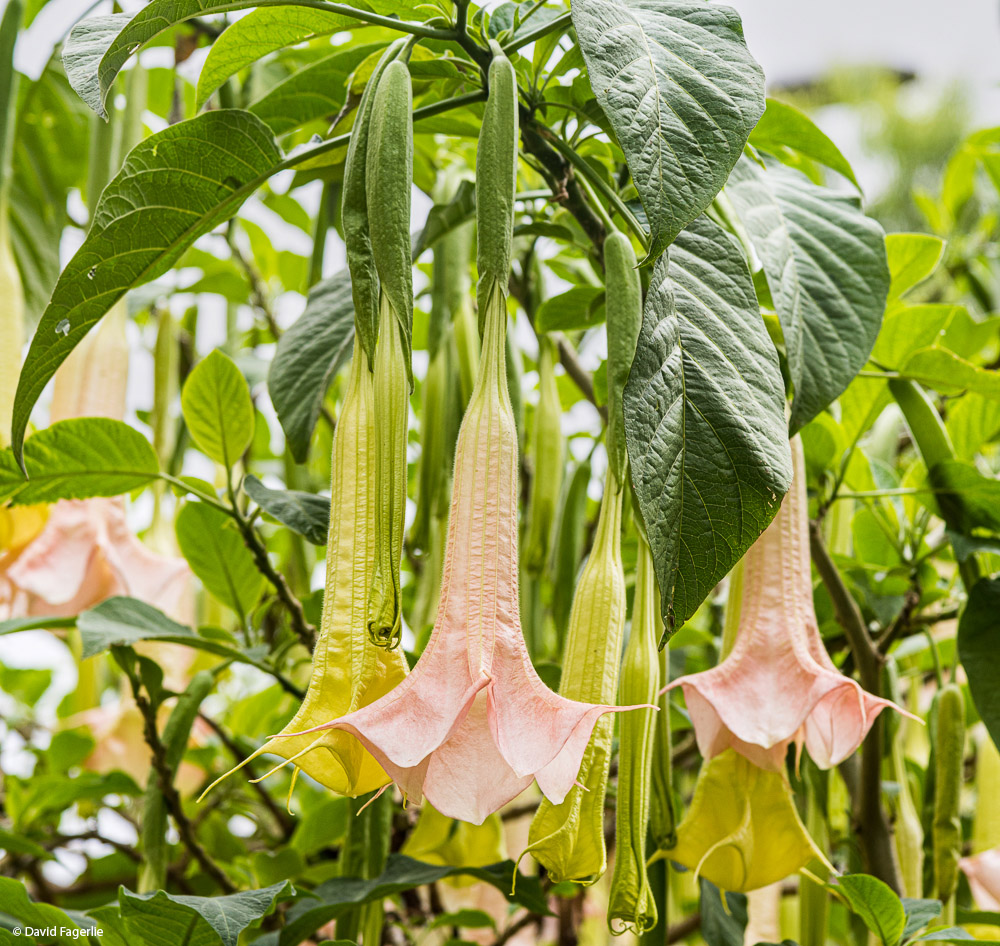
The next image of a Brugmansia was taken in Chiang Mai, Thailand.
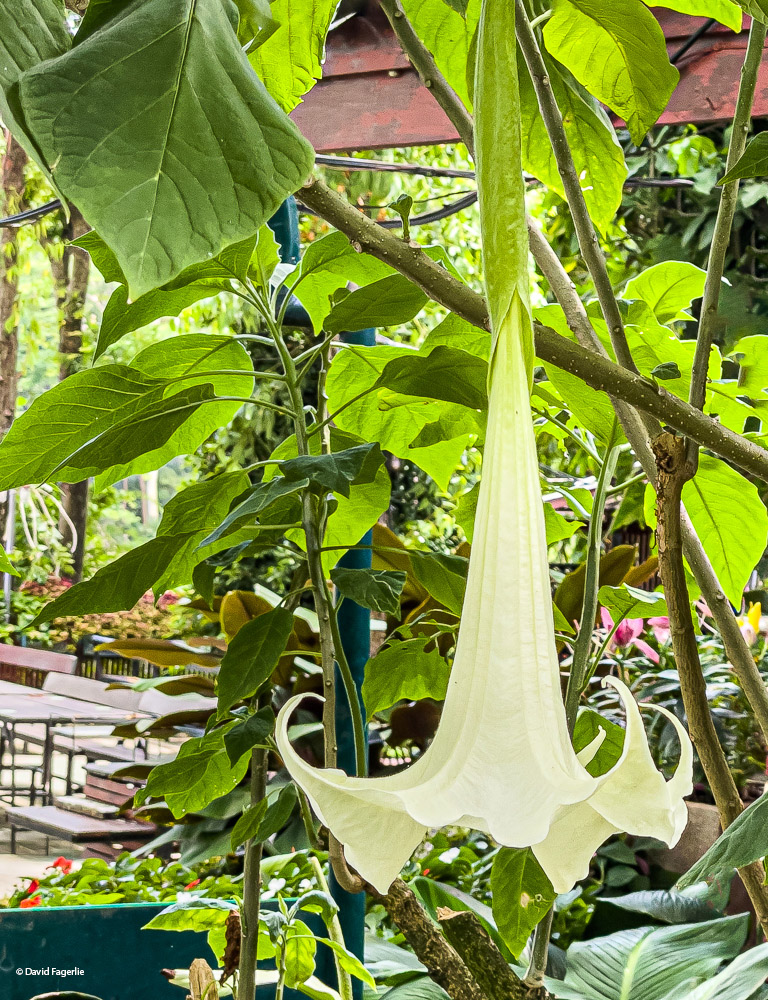
Plants grow everywhere in Ecuador.
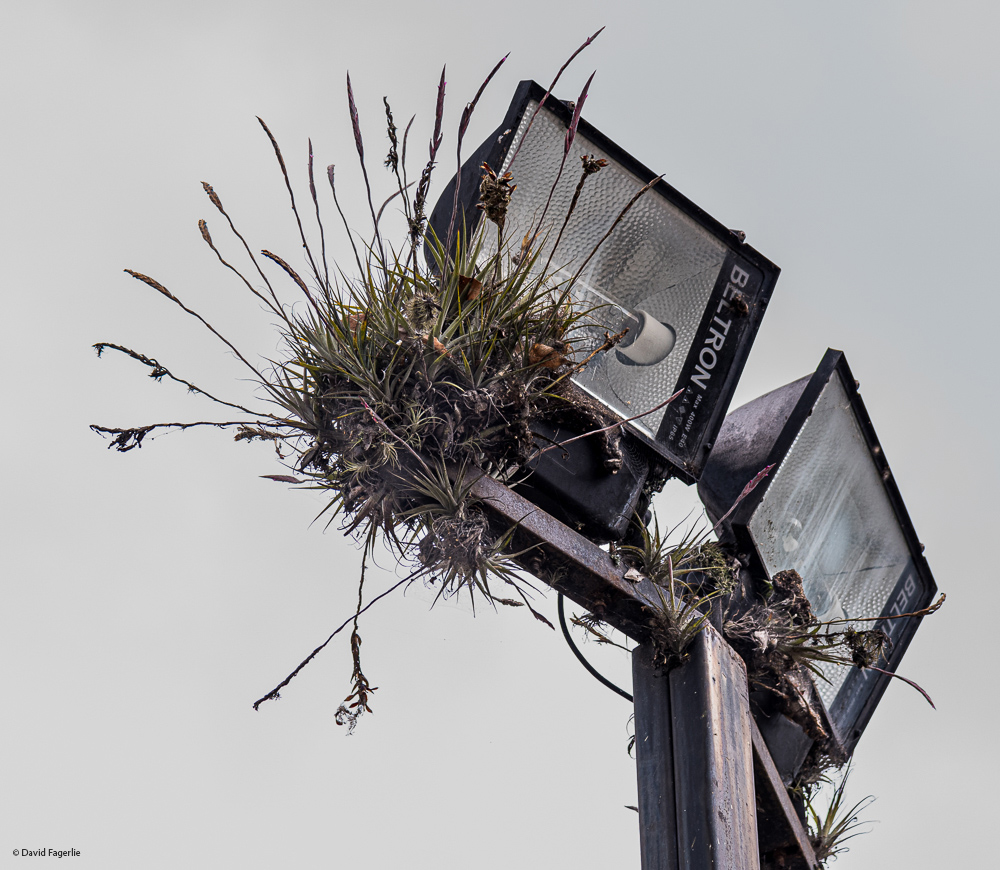
You can see these photos in higher resolution by clicking HERE.
Next Monday we go to the roses.
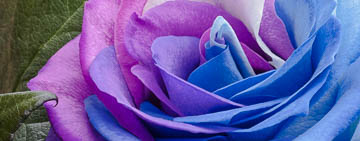
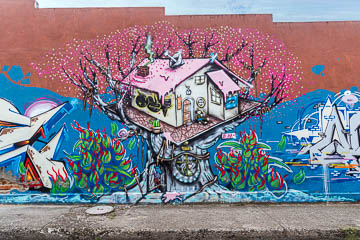
August 11, 2021
Chapter 9: The Roses